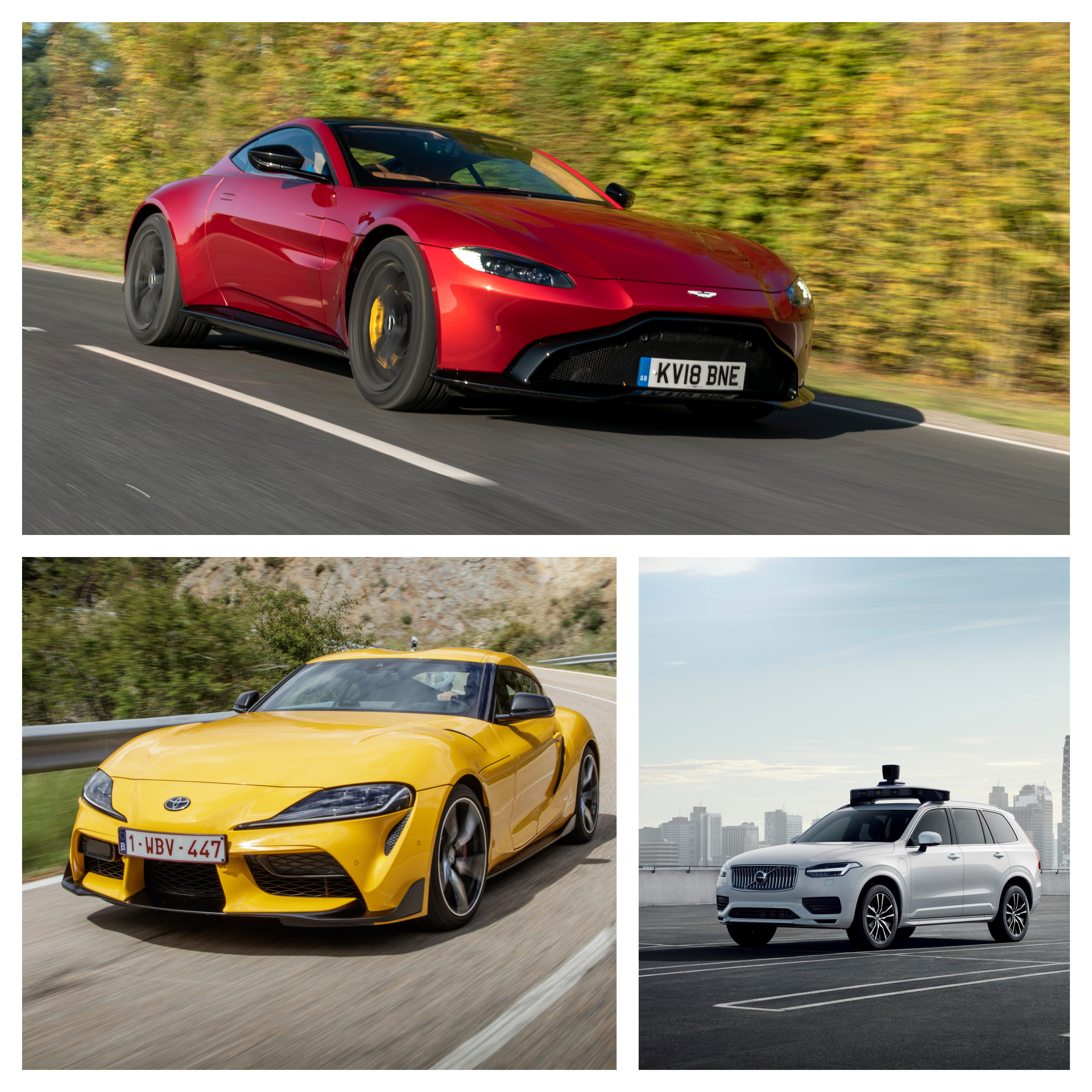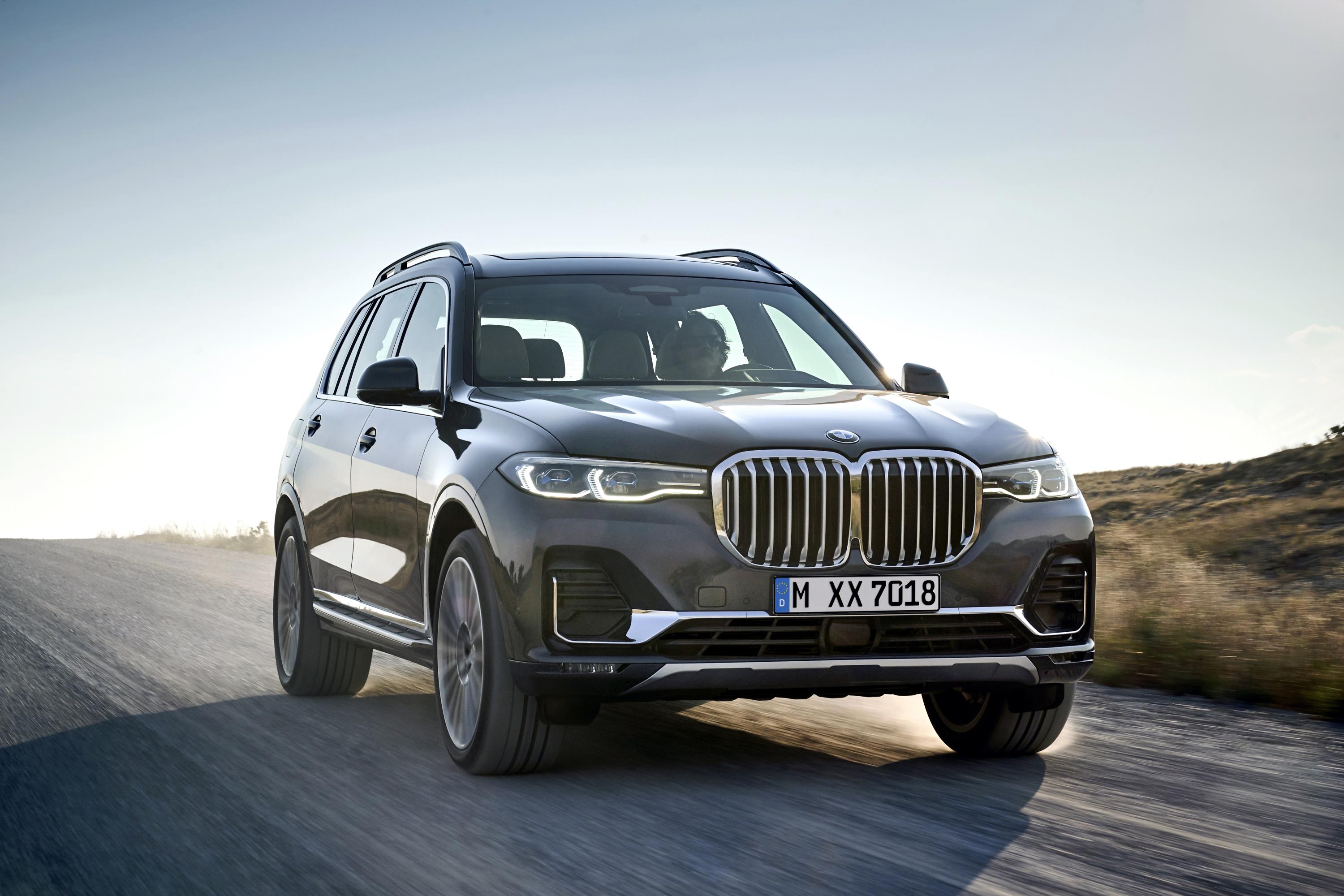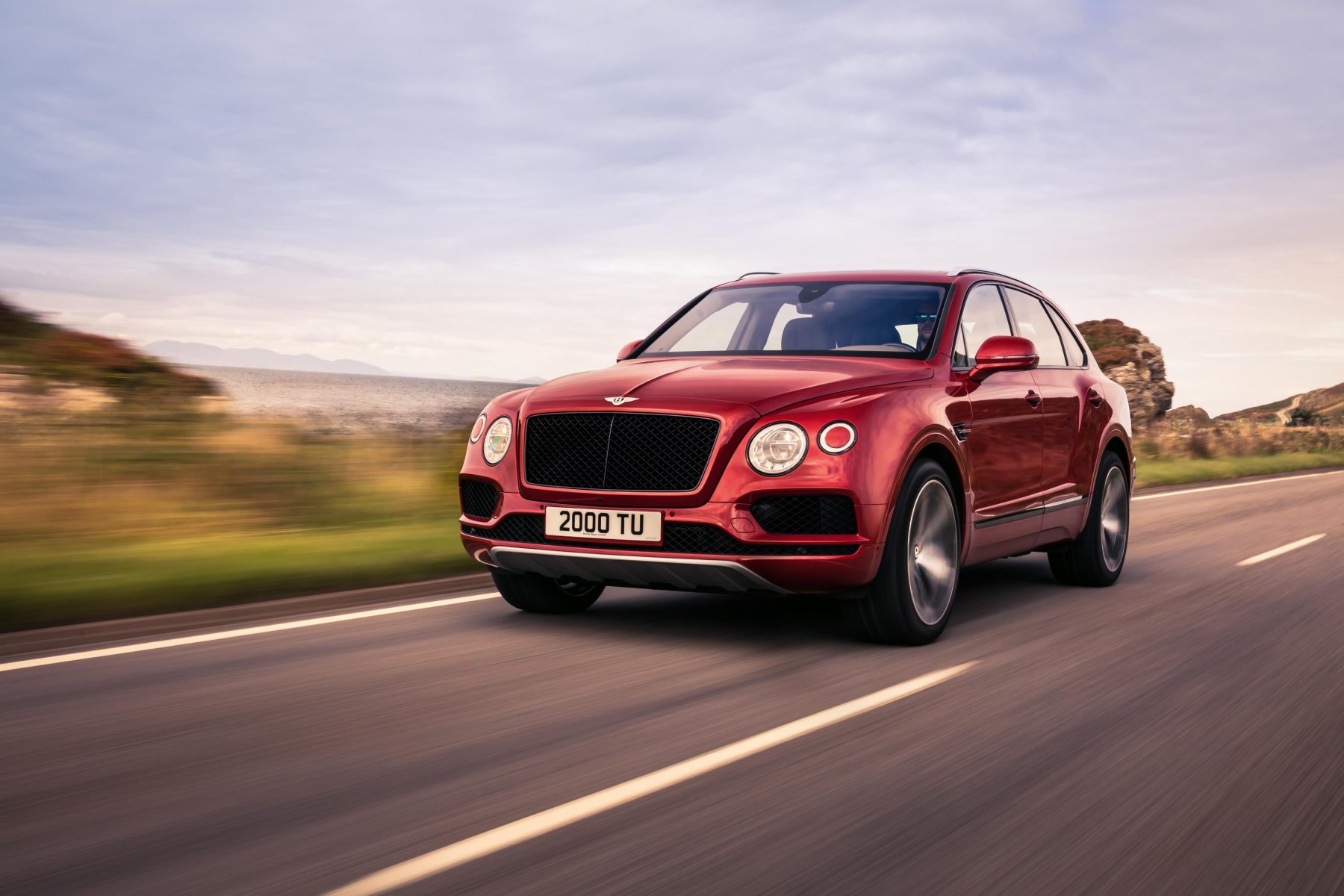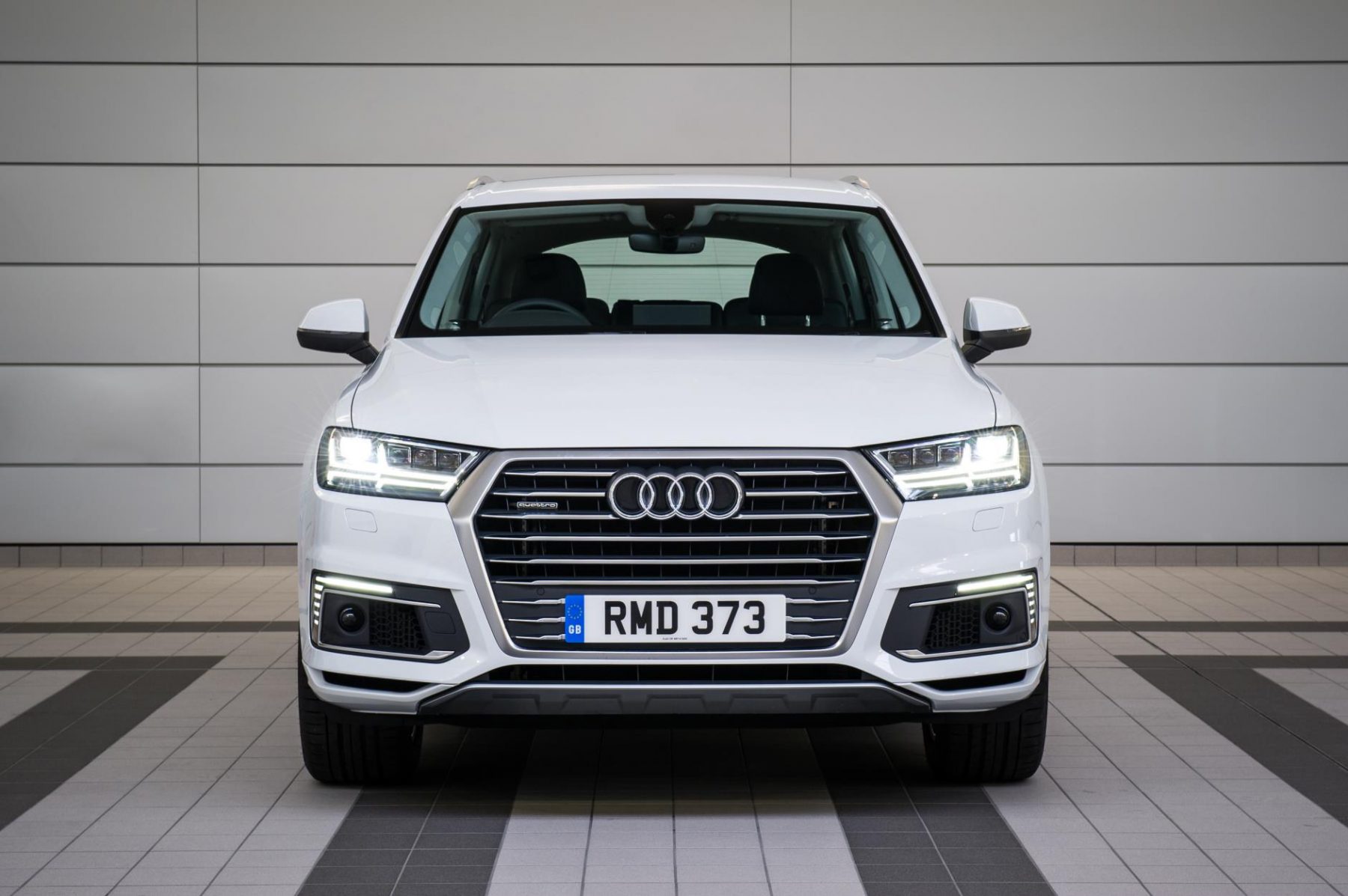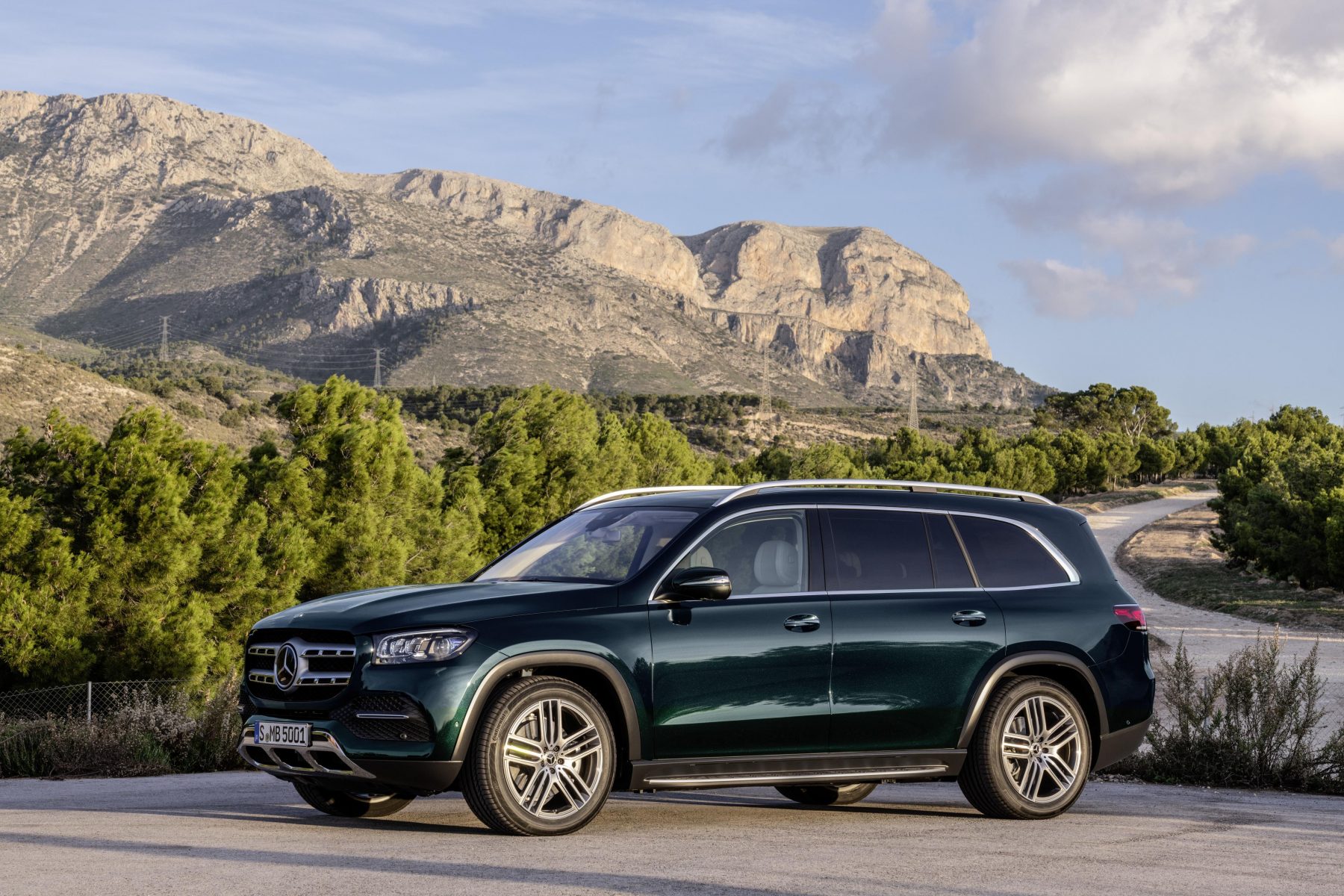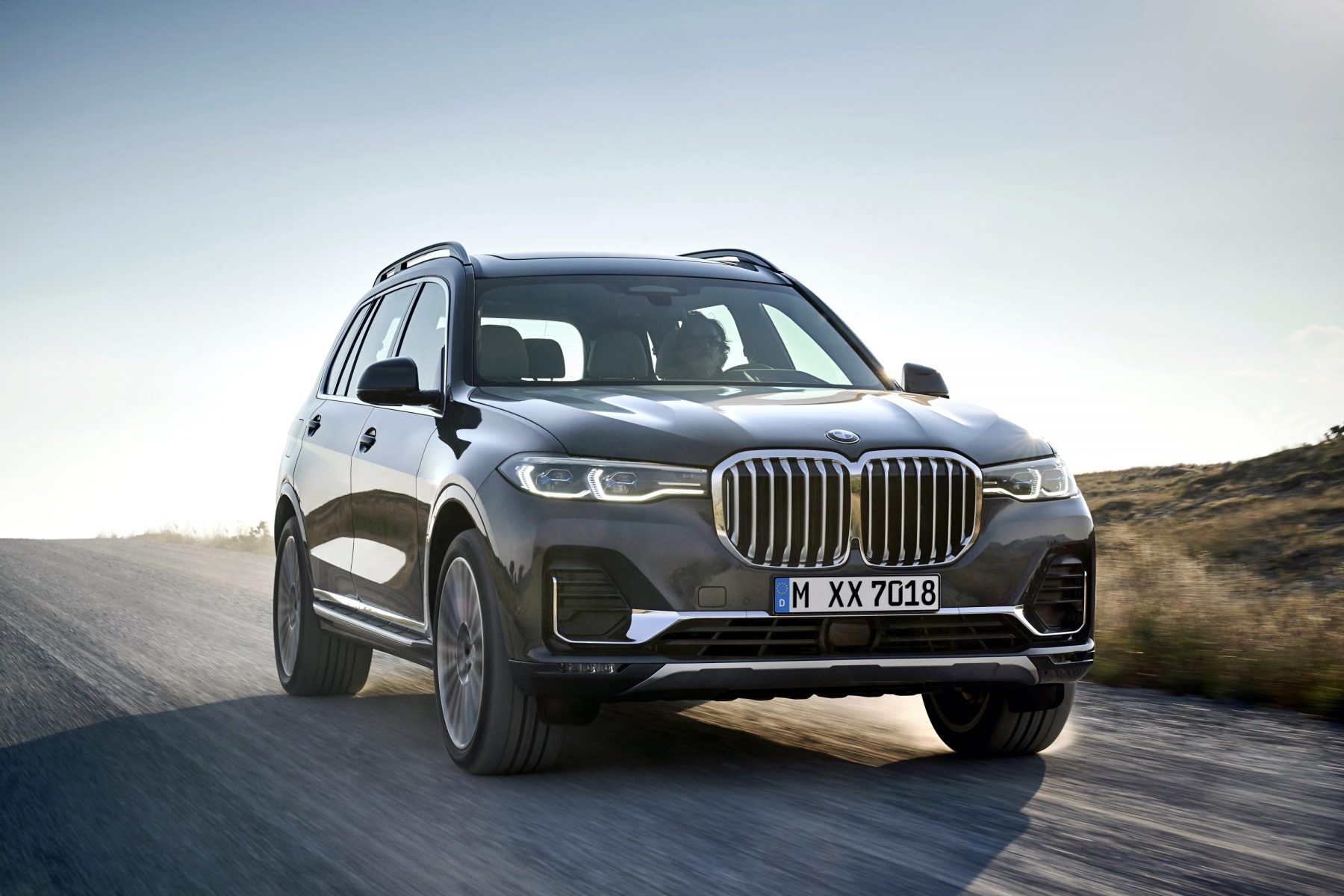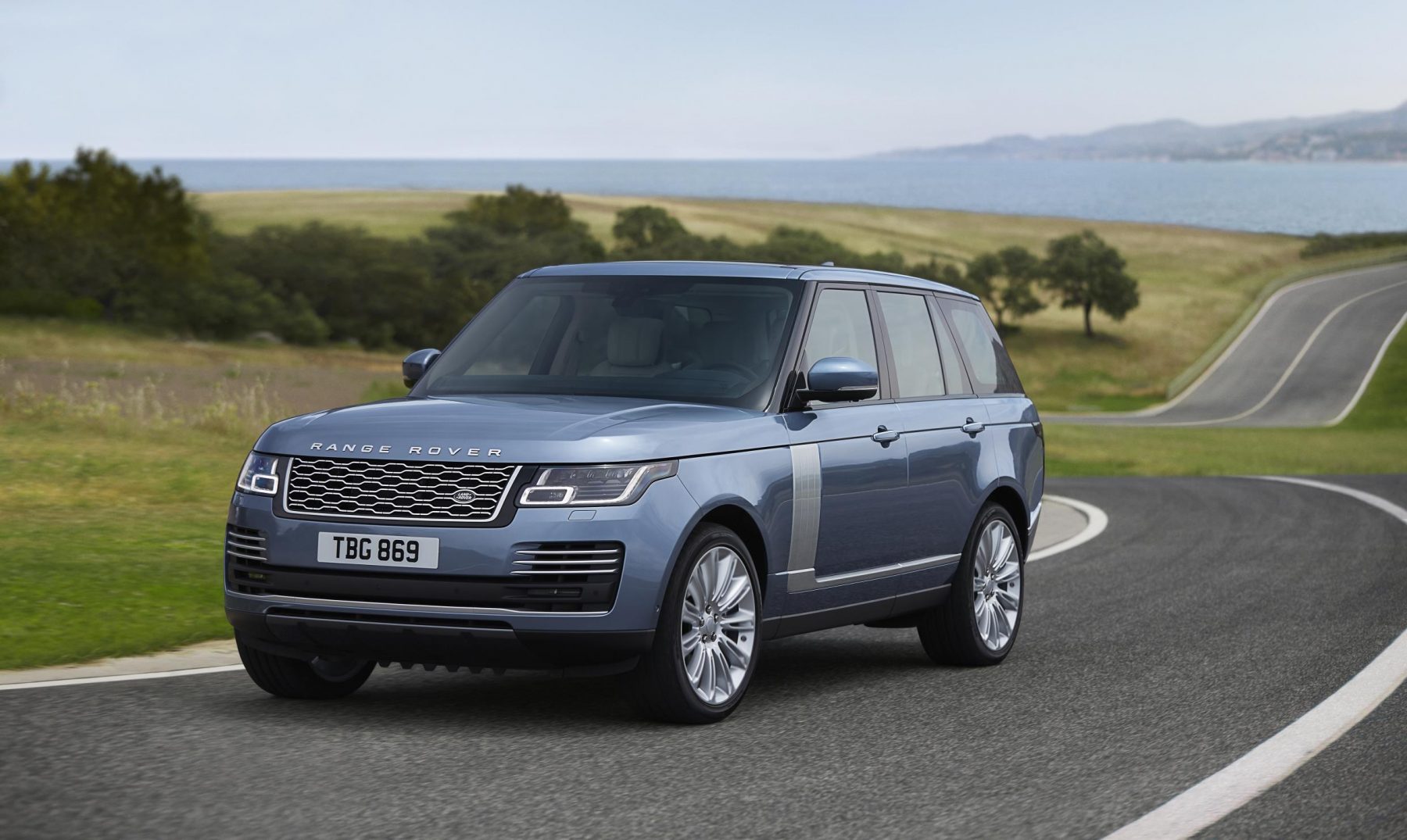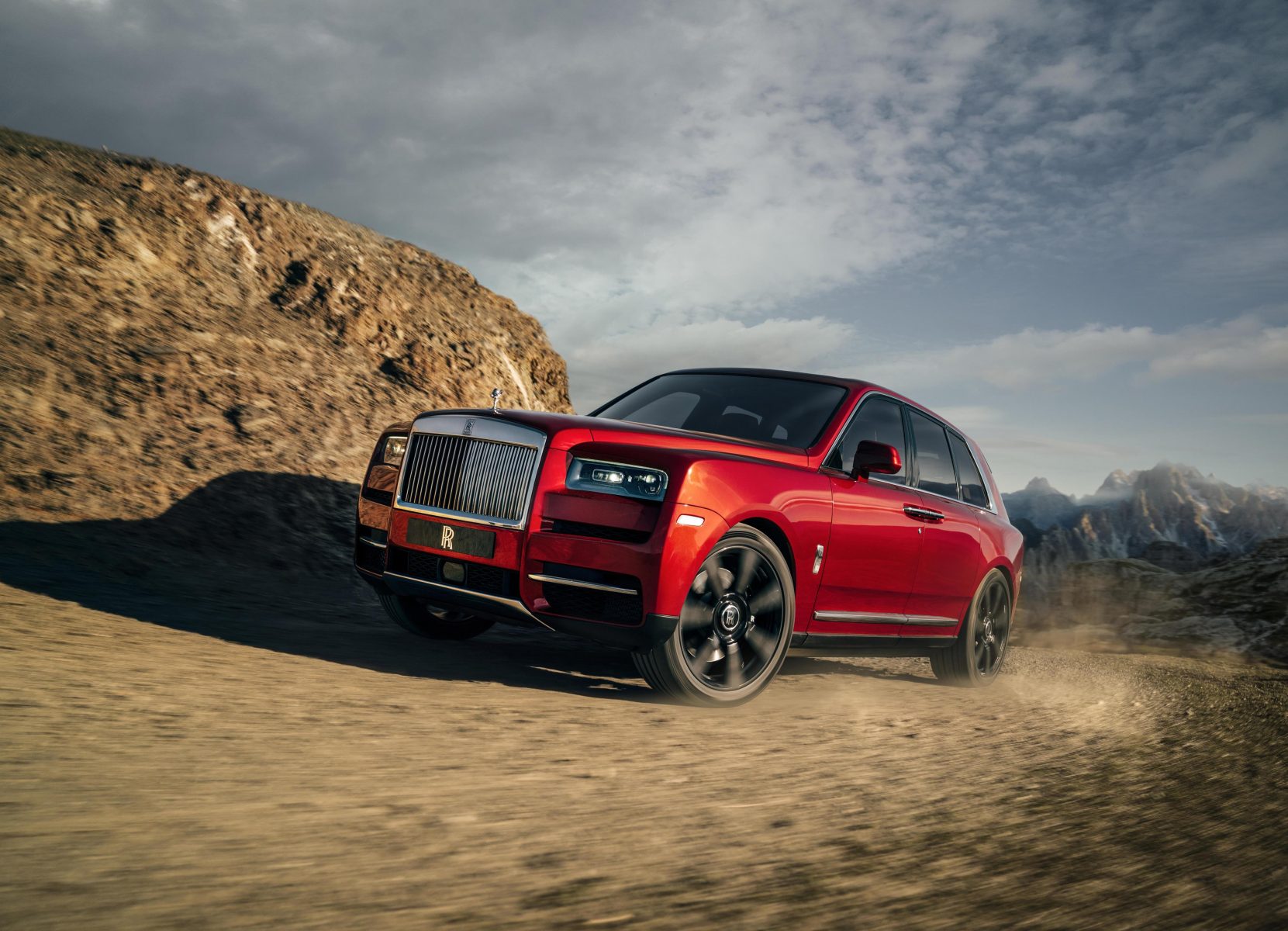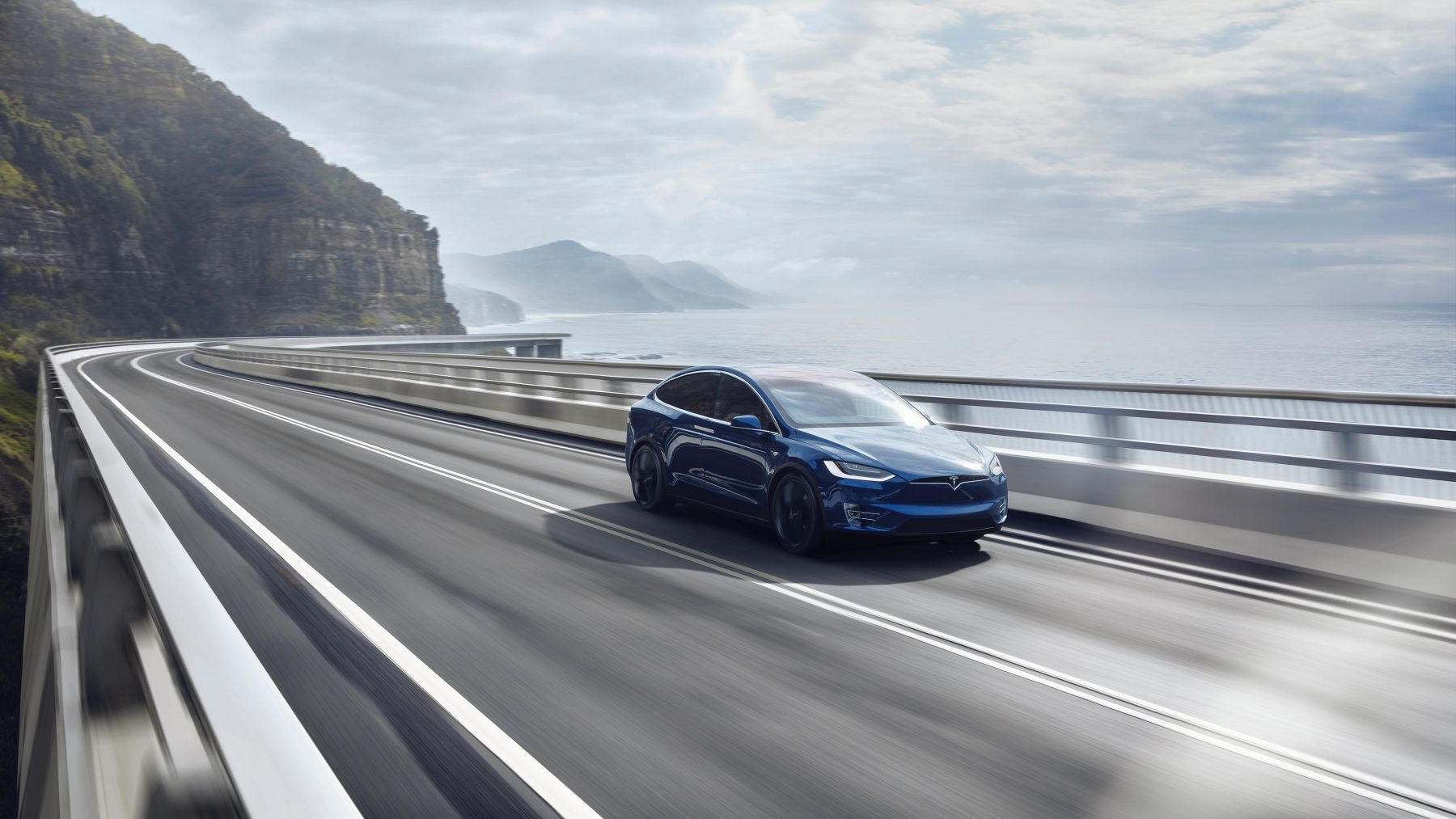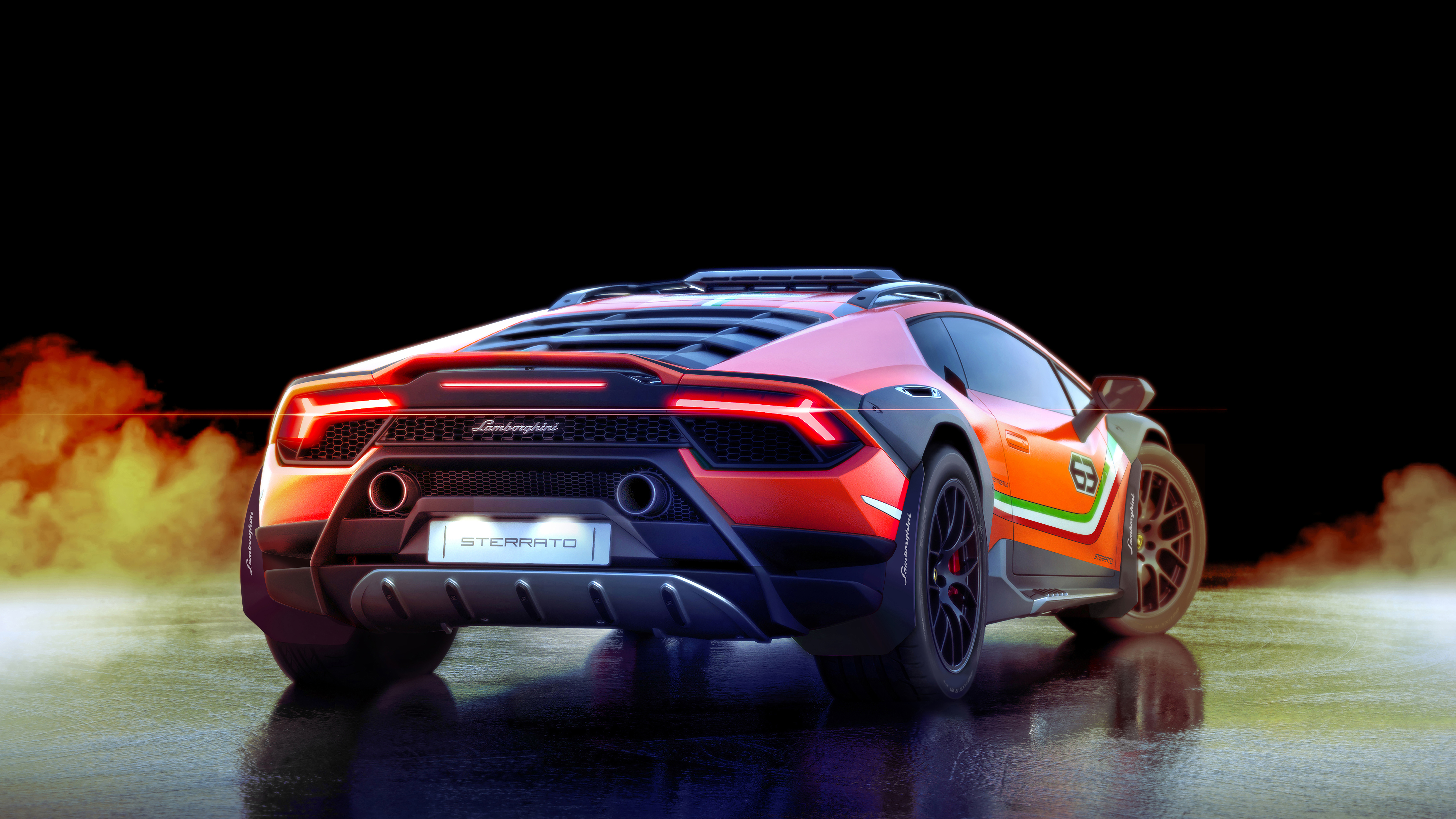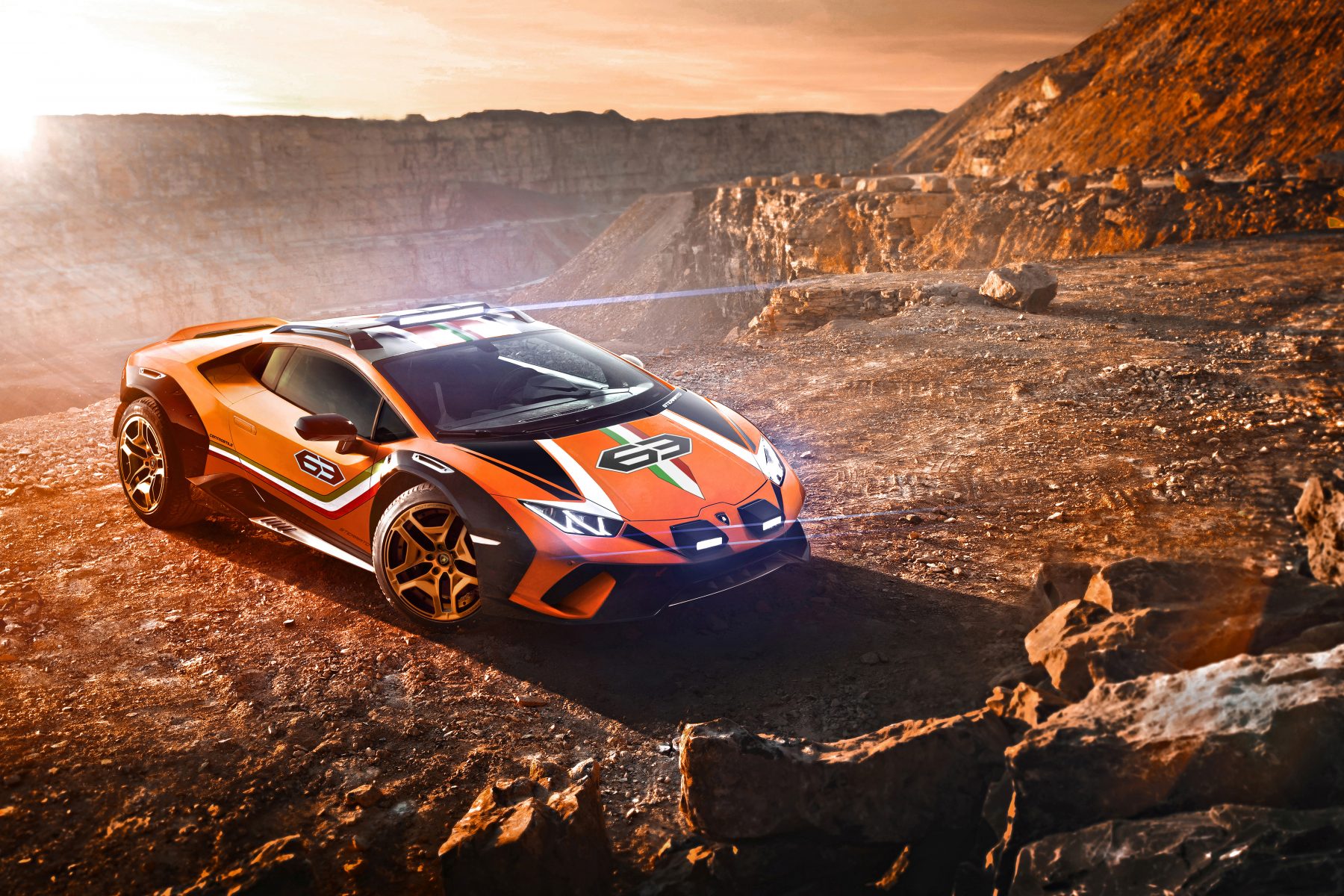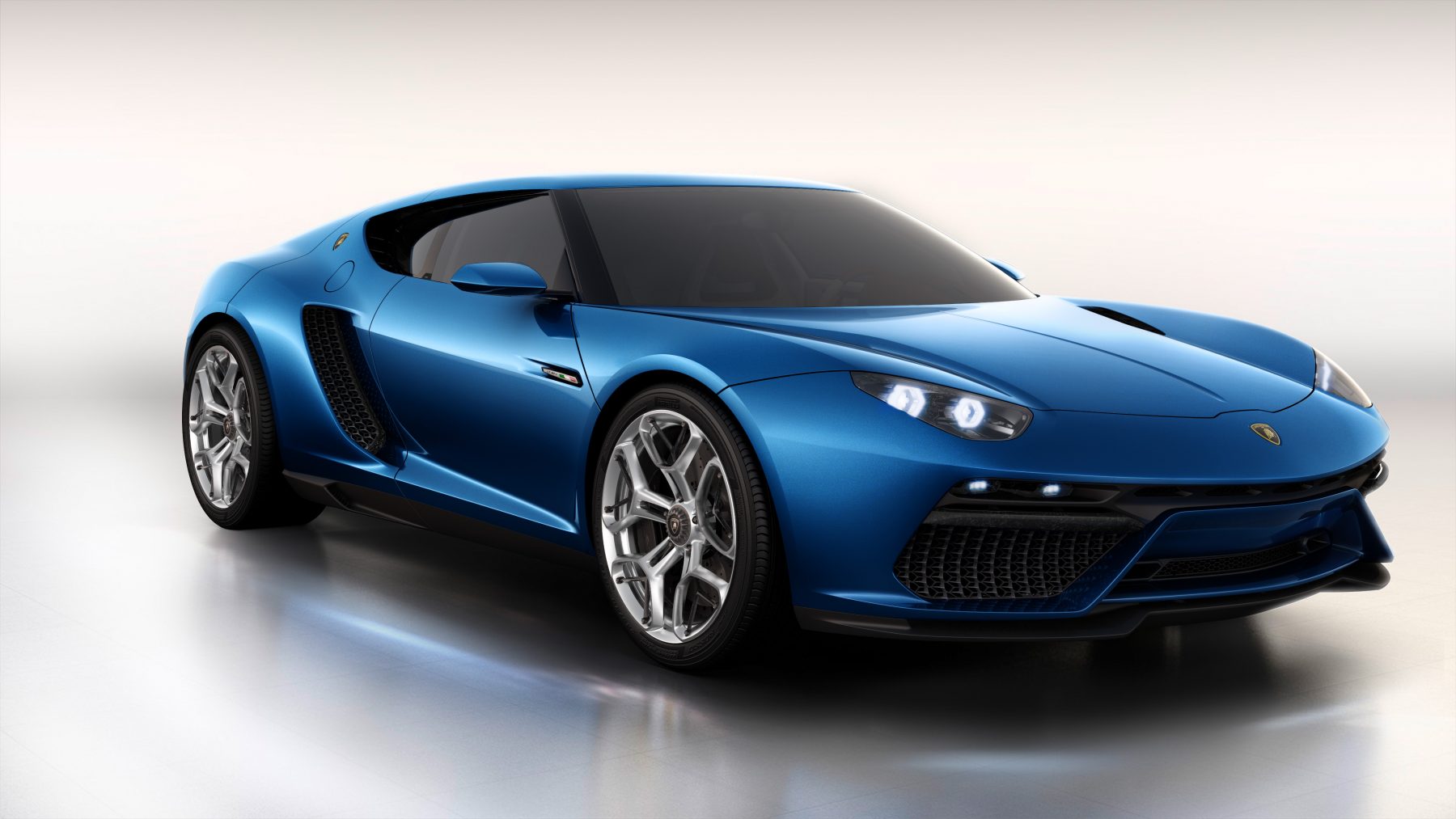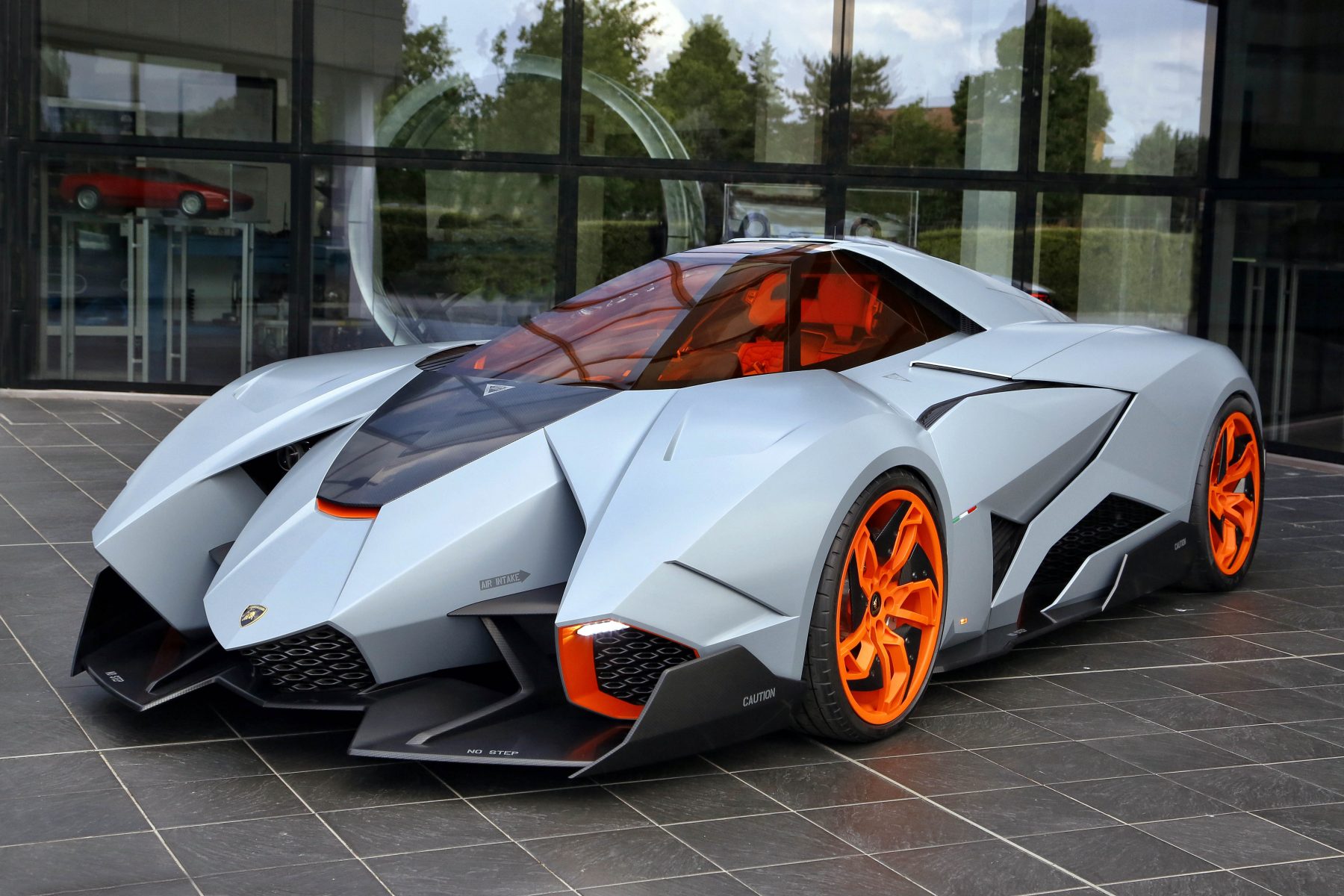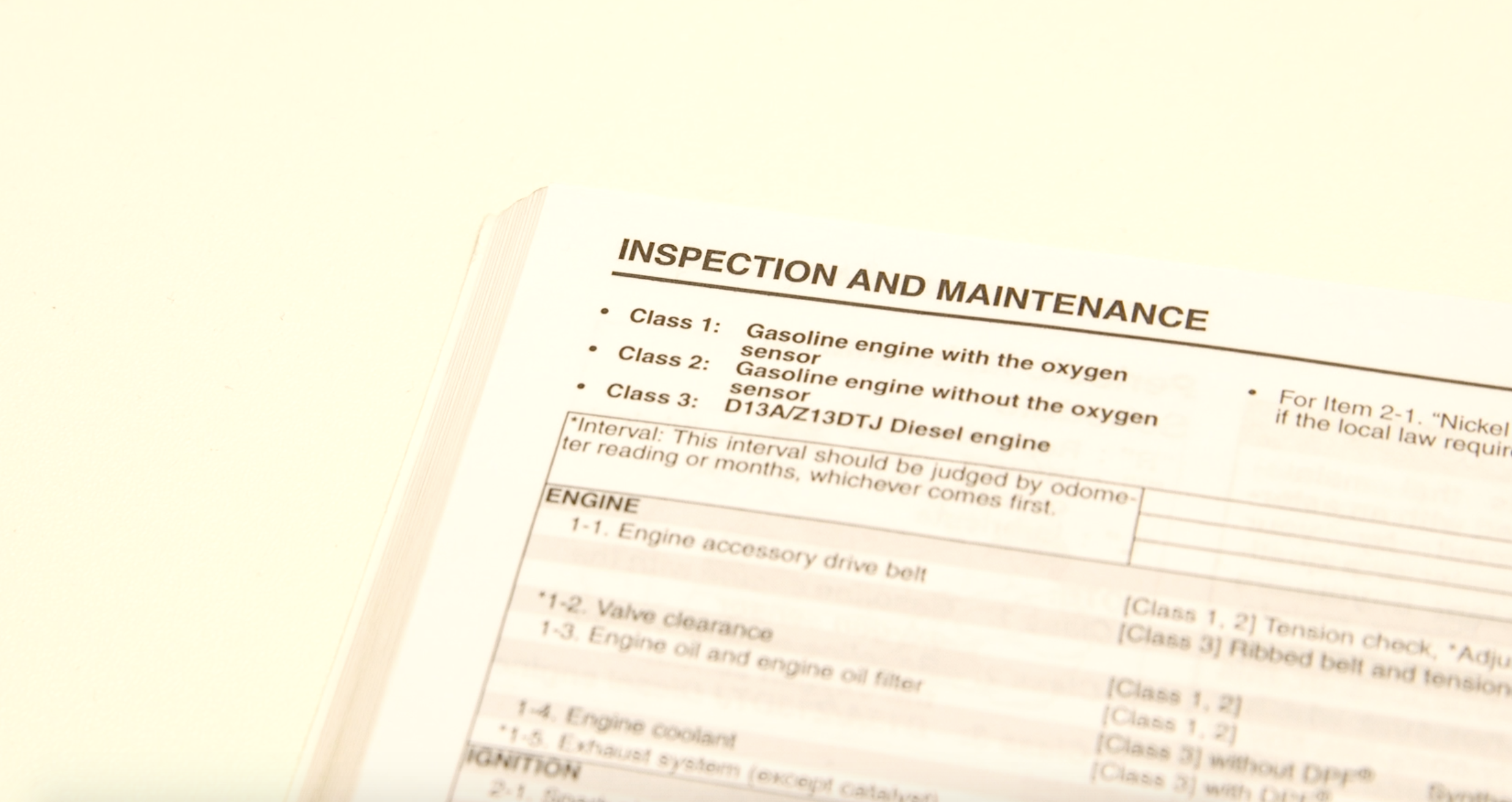Making cars is a complicated and expensive business. That’s why manufacturers often team up to share technologies and know how. It makes the process simpler and cheaper, and the end result is often beneficial to the consumer.
However, these alliances can fly under the radar of the regular punter. Even if you’re aware that companies work together, you might be surprised to learn just how deep some of these alliances run. So we’ve put together a list of some of the biggest and most surprising automotive alliances in the industry…
VW Group
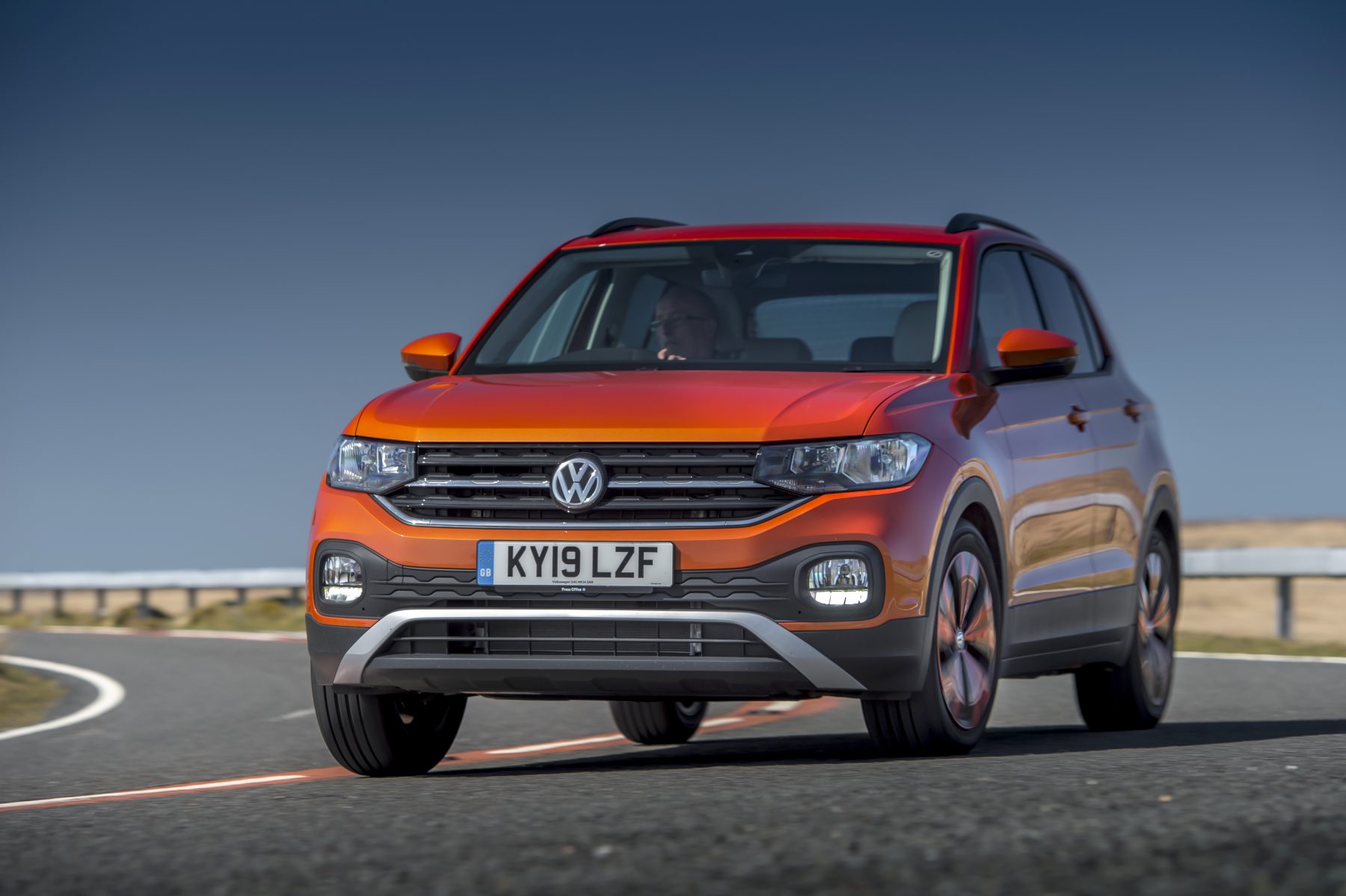
This is the one that most people know but perhaps aren’t aware just how deep the parts sharing goes. The VW Group owns a huge number of manufacturers including Audi, Bentley, Lamborghini, Porsche, Seat, Skoda… and Volkswagen, unsurprisingly.
The vast majority of vehicles, particularly in the more mainstream brands, use a shared ‘platform’ known as MQB. What this means is that ‘hard points’ are standardised, so stuff like crash structures, engine mount points and electrical system mount points are all the same.
Therefore, VW Group manufacturers can fit a variety of engine types, infotainment systems and everything else you can think of, so long as they’re built to fit the platform. Other parts get shared, too. The engine, for example, could be essentially the same in a Seat or Skoda.
The downside is that all of these models can feel the same, but VW has done a pretty good job of giving each a slightly distinct character.
Renault-Nissan-Mitsubishi Alliance

This trio has been making headlines recently. It has been involved with a potential merger with Fiat Chrysler Automobiles that, if it had gone through, would have created one of the biggest car makers in the world.
Instead, the trio remains in a strategic alliance that sees them share technology and know-how to advance their research and development more quickly and for less money.
Ionity
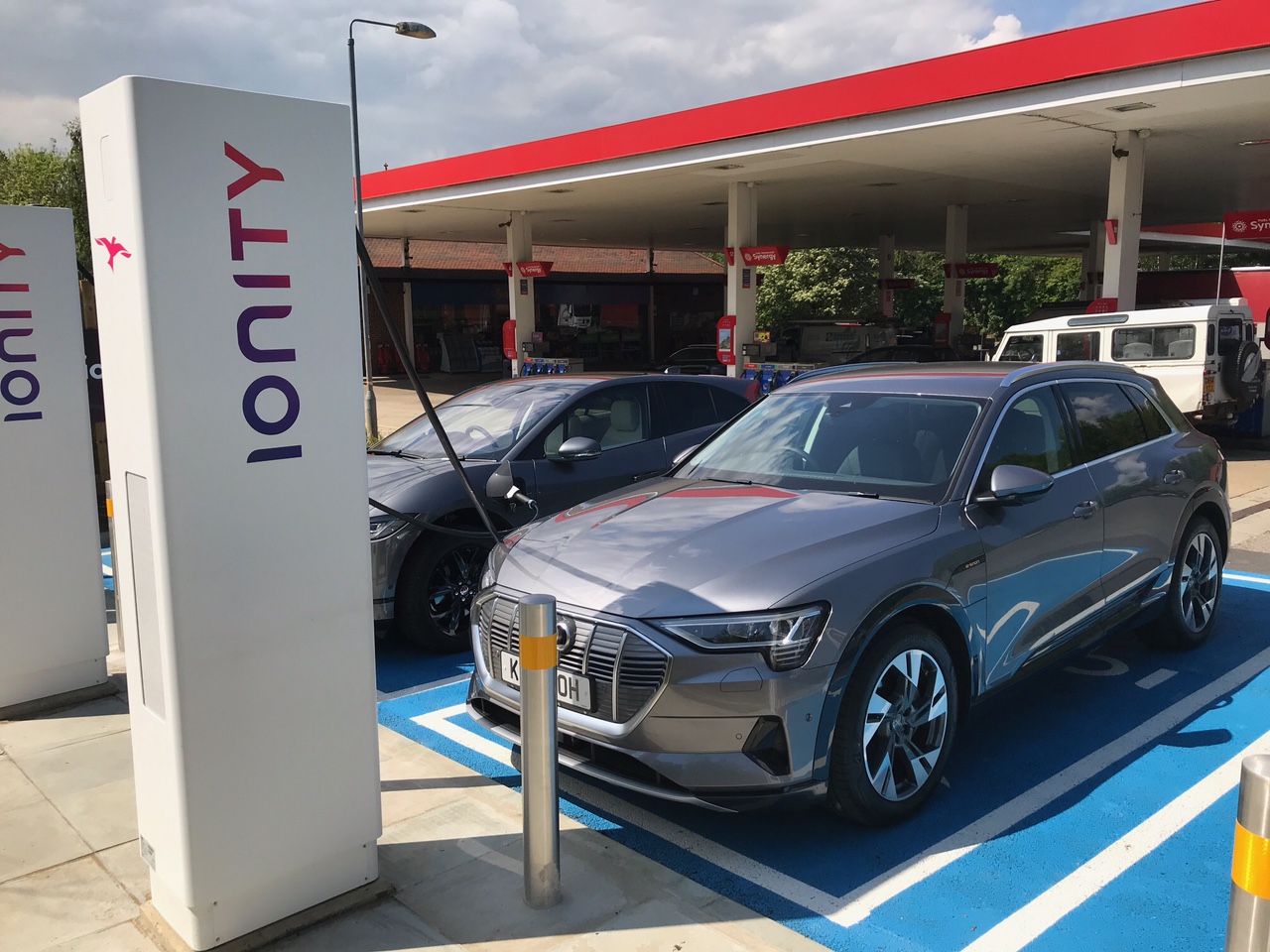
As the industry shifts towards electrification, creating all-new powertrains and the networks to support them are proving too daunting for manufacturers to go alone. That’s why we’re seeing a few unlikely partnerships begin to blossom, none more so than Ionity.
This is a new high-speed electric vehicle recharging network that’s being funded by BMW Group, Daimler, Ford, Volkswagen, Audi and Porsche. There are some rivals here – direct and indirect – which shows just how seriously these carmakers are taking the need to build EV infrastructure quickly. It’s all for the greater good…
Toyota and BMW
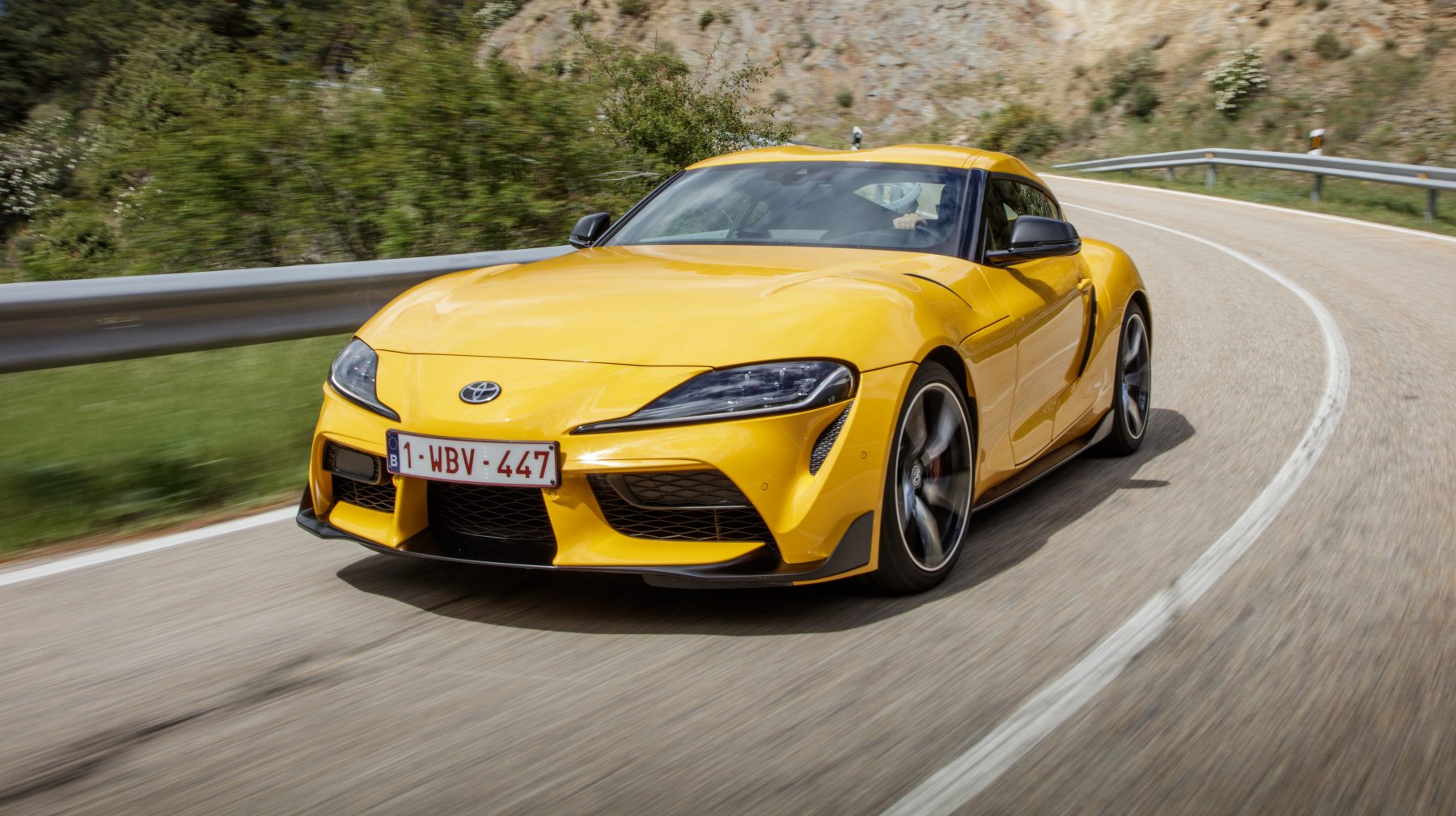
There has been speculation about a new Supra, Toyota’s iconic sports car, ever since the last generation went off sale in 2002. This year, finally, the icon was reborn – and it was largely thanks to BMW.
Back in 2012, Toyota had decided it wanted to remake its sports car, but wanted it to have an inline-six-cylinder engine like the old one. It didn’t make one anymore, but BMW did, and rather than invest in a new engine for a single, low-volume car, bosses flew to Germany to make a deal with the Germans.
They eventually agreed to collaborate on a project that would see Toyota help fund the development of a pair of sports cars — the Supra and the latest Z4 — using a BMW engine.
Toyota and Suzuki
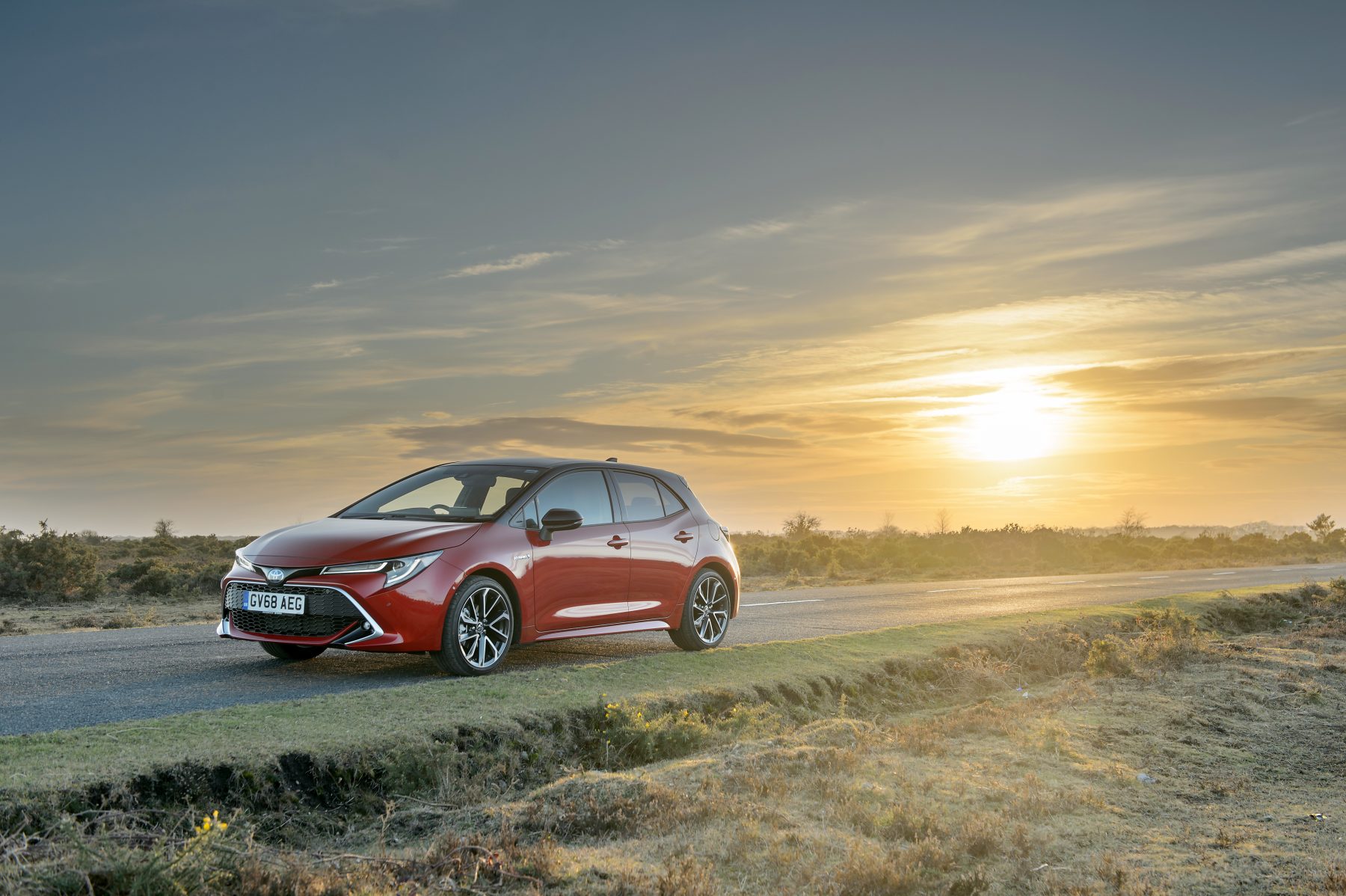
One of the more UK-relevant collaborations here is, perhaps unexpectedly, between two Japanese firms. Toyota currently builds its European market Corolla here in the UK, and the underpinnings for that car will soon form the basis of a Suzuki car — quite likely the next-generation Baleno.
Like the Corolla, it will be built in the UK at Toyota’s Derby plant, with the firms also collaborating on the development of hybrid technologies going forward.
Hyundai and Rimac

Rimac is a very niche manufacturer of electric supercars, so it may be strange to hear that Hyundai — one of the largest firms in the world — is looking to them for development assistance. Well, that’s exactly what it’s doing with its upcoming halo ‘N’ car, because the bigger part of Rimac’s business is building and selling electric vehicle components, such as batteries and powertrains.
N is Hyundai’s performance arm, and it has never made a full-blown sports car before. With that in mind, it makes sense to utilise the expertise of a boutique supercar manufacturer to aid with developing a serious machine. Rimac isn’t getting the short end of the stick either, with a reported $90m (about £71m) invested into the firm by Hyundai.
Volvo and Uber

You may think of Uber as just a ride-hailing app, but there’s much more to the firm than just that. In recent years, it has been working with the Swedish premium car manufacturer to accelerate development on driverless cars with the goal of using the tech as part of its service.
The two firms just showcased what is reportedly the first ever production-ready self-driving car — an XC90 SUV kitted out with an abundance of radars and sensors. No word on plans for sales though, with current legislation likely to hinder public availability anytime soon.
Aston Martin and Mercedes
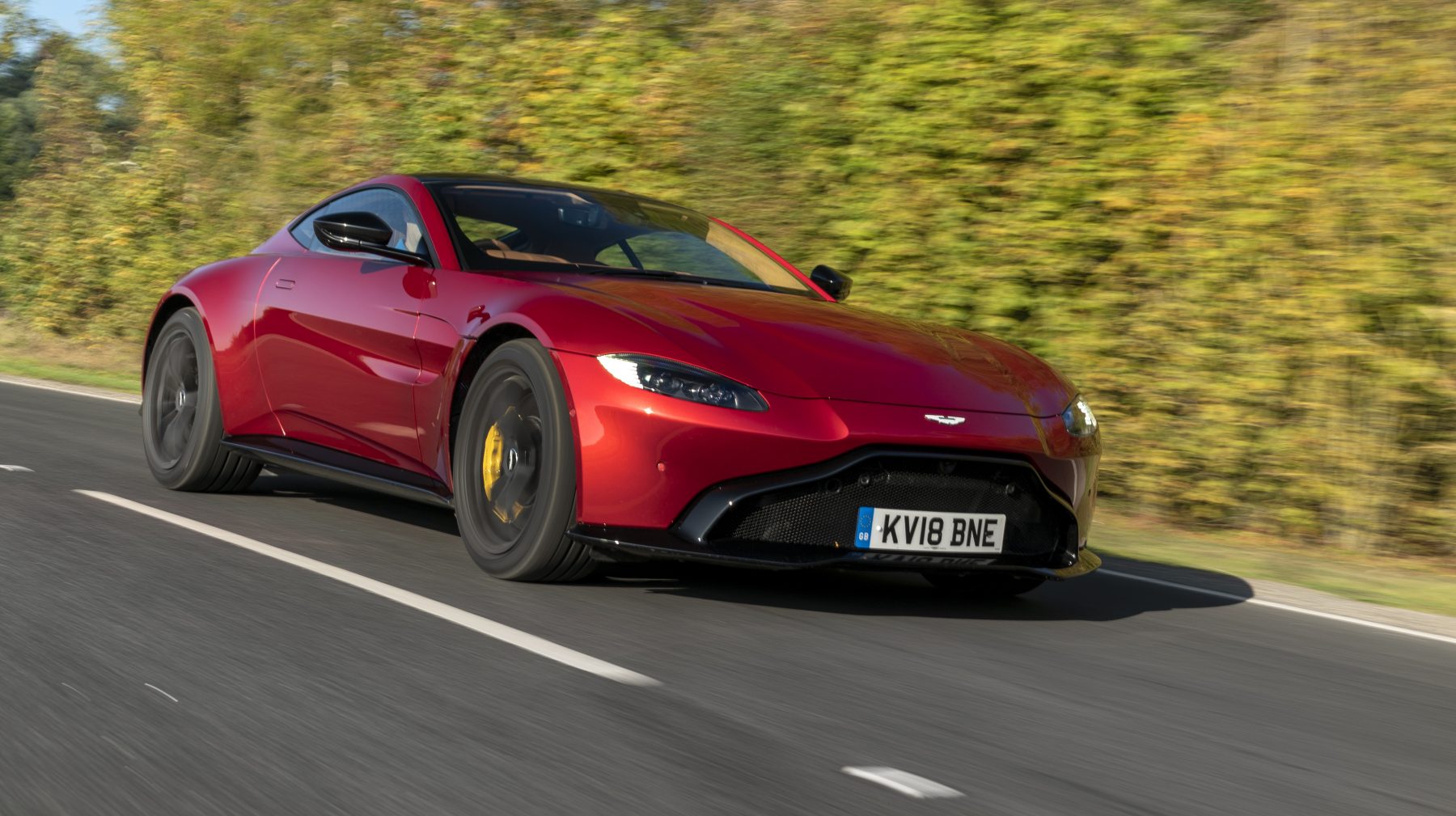
Considering Aston Martin is such an icon of British history, it might shock you to learn that it is part-owned by Mercedes’ parent company Daimler. With a five per cent stake, the Germans don’t have much say in the running of the company, but it does mean Aston Martin gets access to AMG’s fantastic V8 engine (as well as some other less exciting bits like interior switchgear).
Aston Martin is still largely creating its own cars, responsible for the design, platform and development of its V12 engines, but this deal with Daimler reduces development costs and complexity – vital for such a small company.
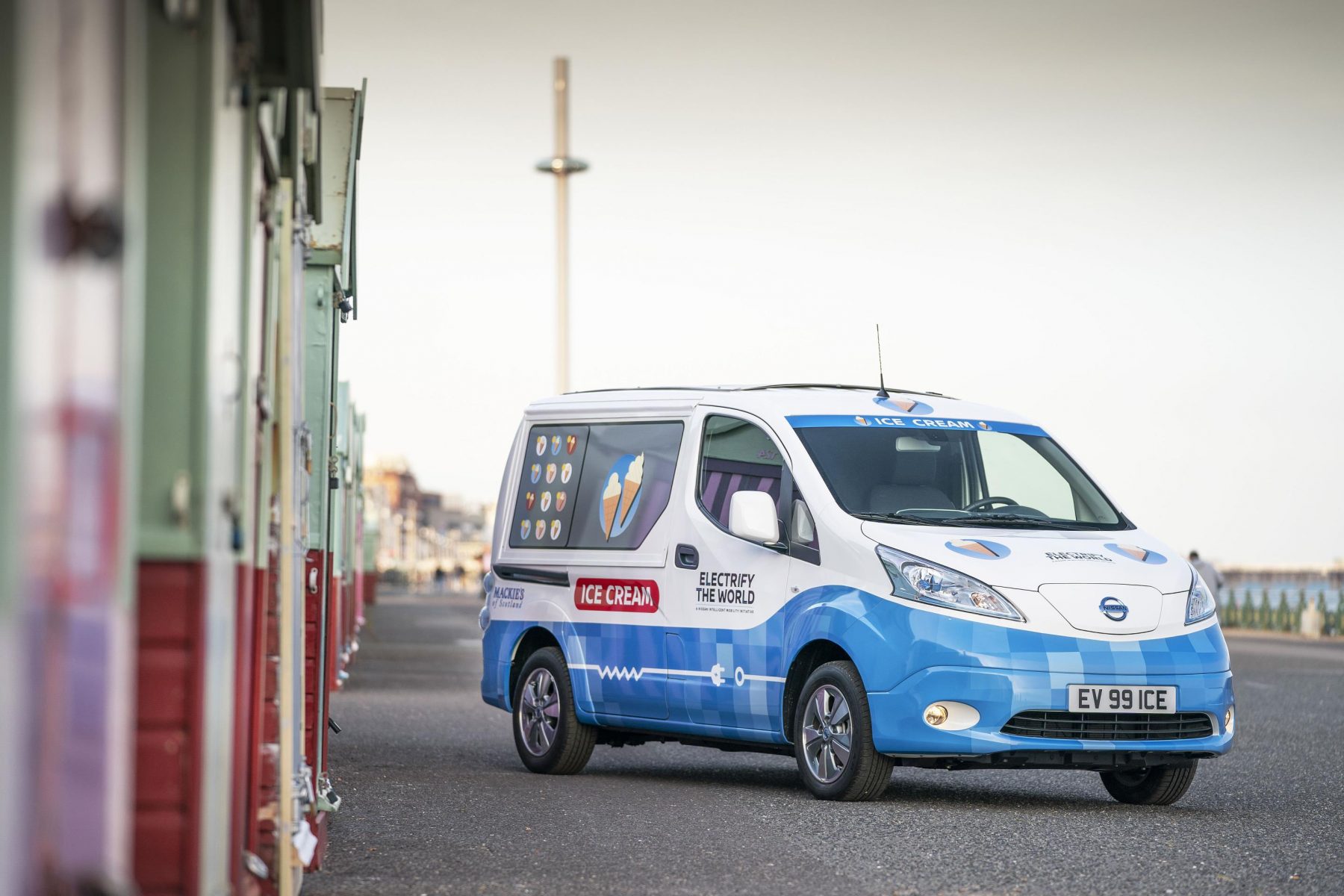
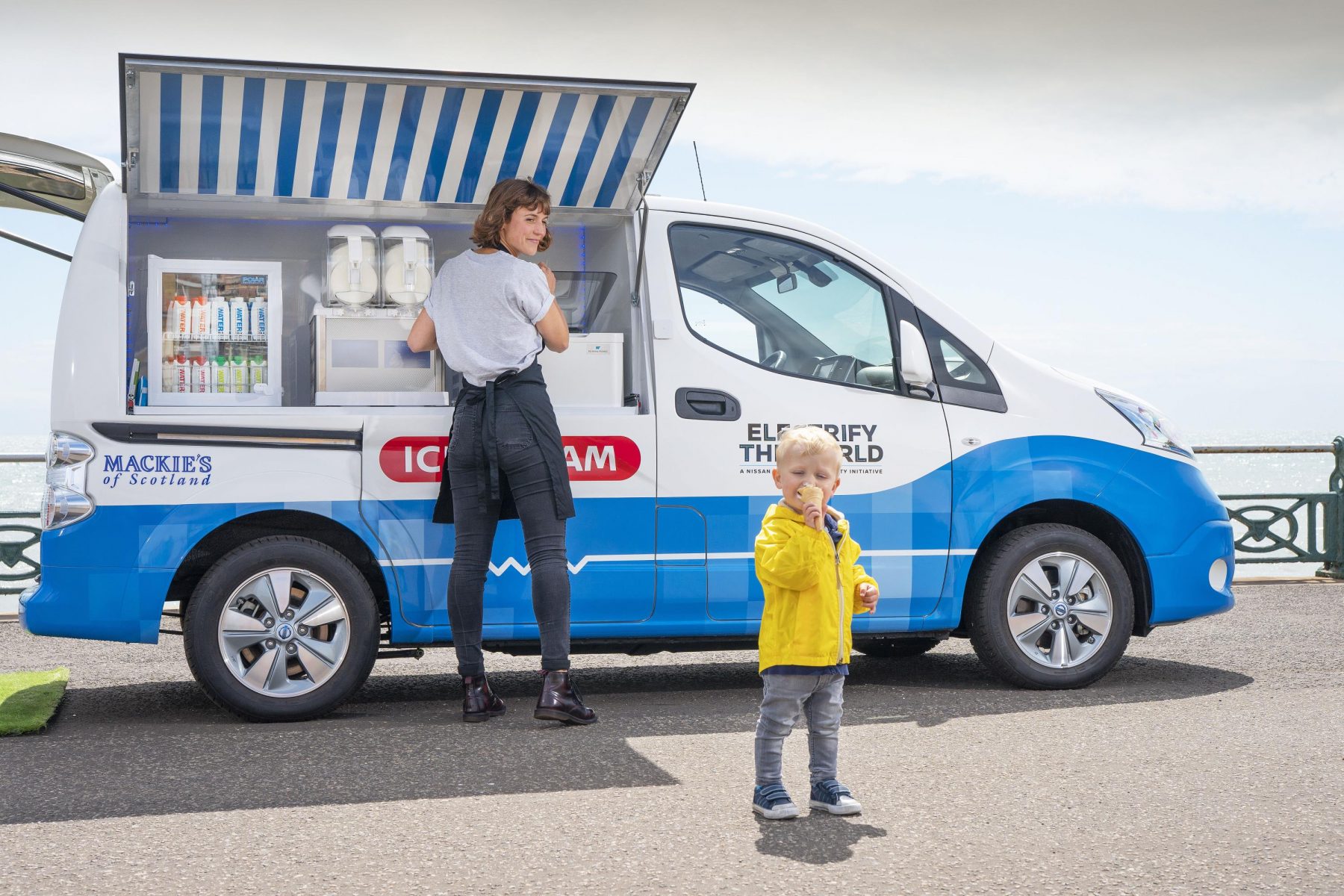


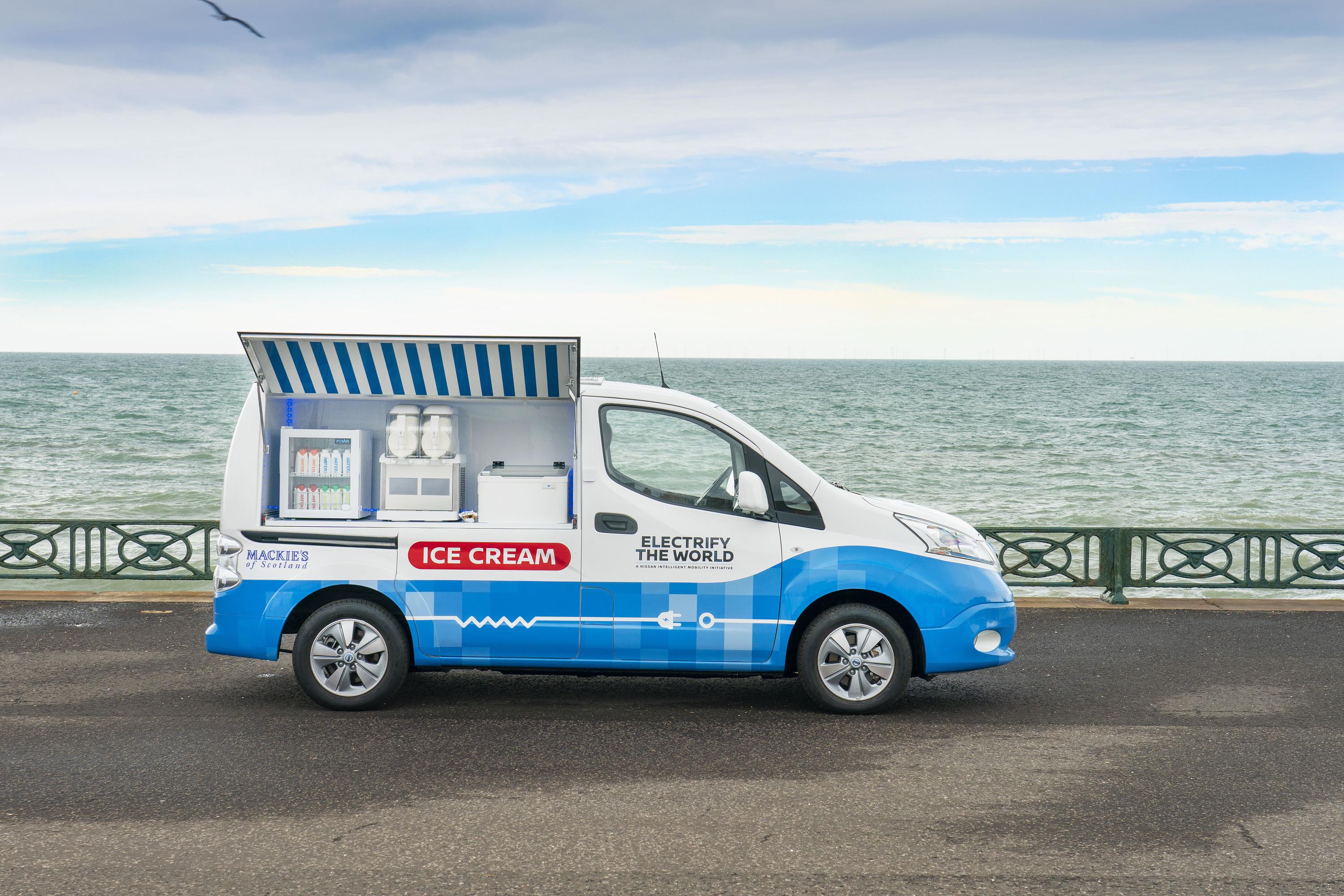
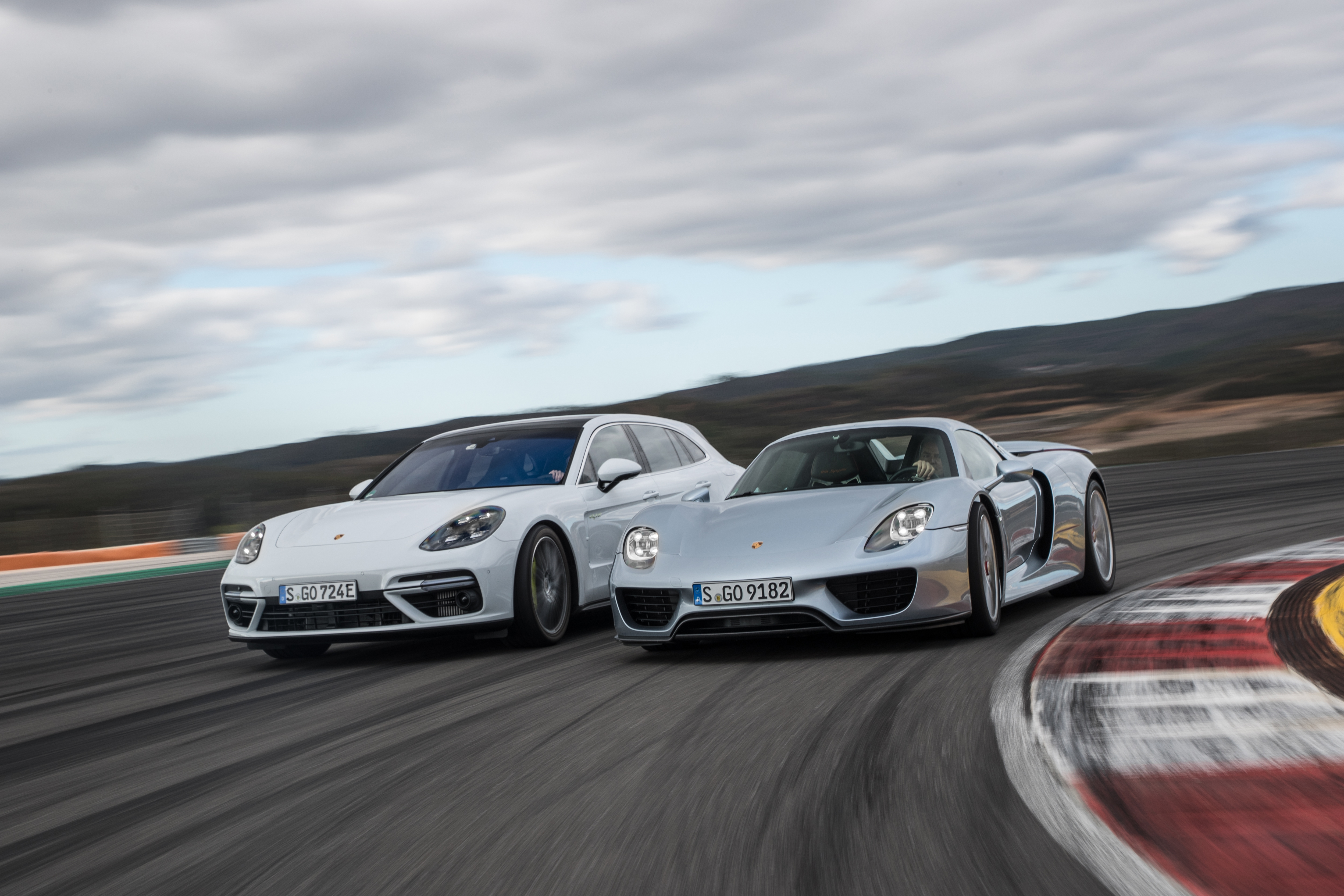
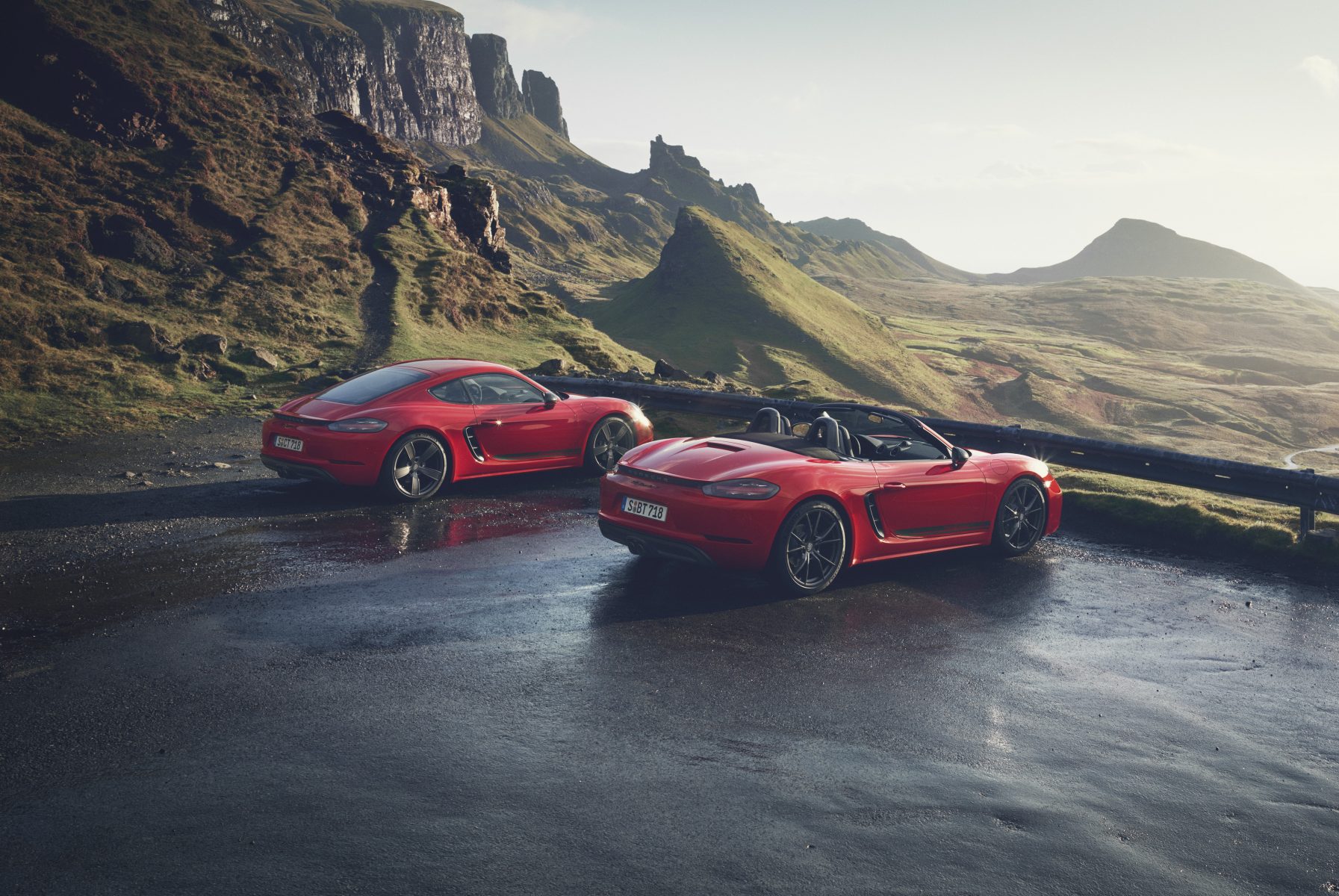 When the Boxster first arrived on the scene in 1996, it was looked down upon in some circles for being the Porsche aimed at those who couldn’t afford a 911.
When the Boxster first arrived on the scene in 1996, it was looked down upon in some circles for being the Porsche aimed at those who couldn’t afford a 911.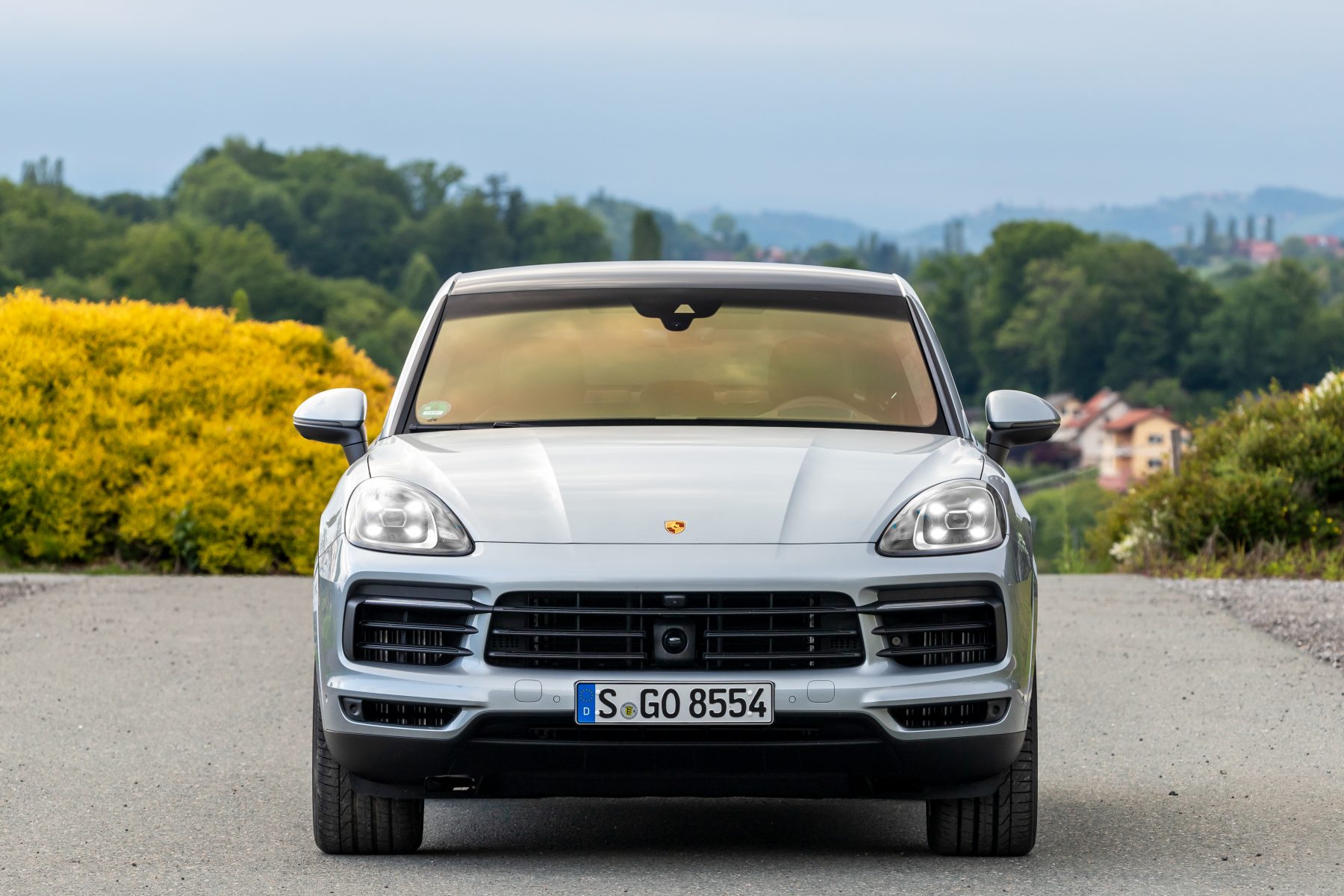 The Cayenne SUV was a bold choice for the marque, flying in the face of what purists saw as the brand’s identity. The perception of the Cayenne being a turn away from what Porsche had been known for to that point was not helped by the fact that a factory Le Mans racing programme was scrapped in favour of the Cayenne.
The Cayenne SUV was a bold choice for the marque, flying in the face of what purists saw as the brand’s identity. The perception of the Cayenne being a turn away from what Porsche had been known for to that point was not helped by the fact that a factory Le Mans racing programme was scrapped in favour of the Cayenne.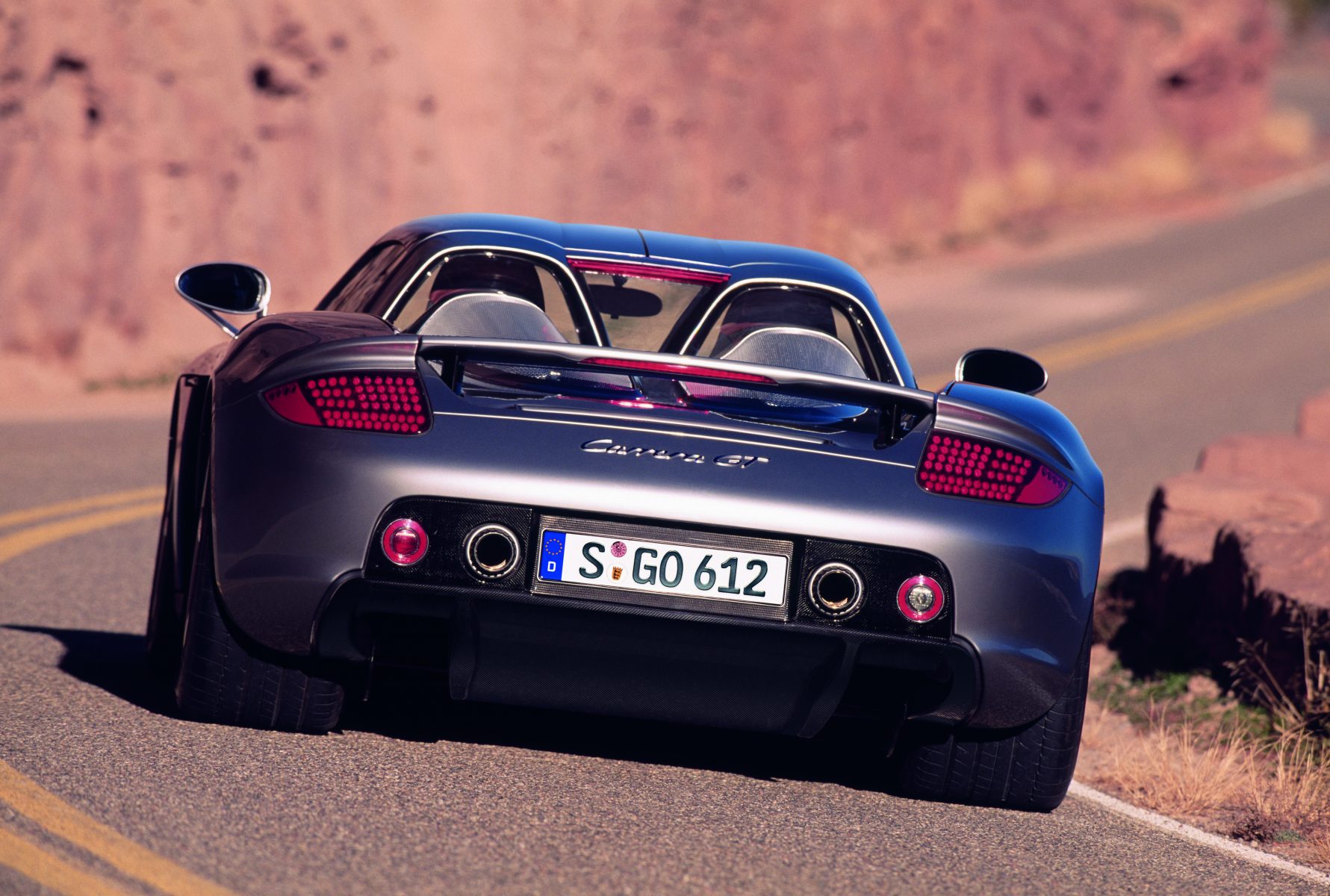 While the Cayenne did mean the end of a racing programme at the eleventh hour, the hard work of the engineers wasn’t put to waste.
While the Cayenne did mean the end of a racing programme at the eleventh hour, the hard work of the engineers wasn’t put to waste.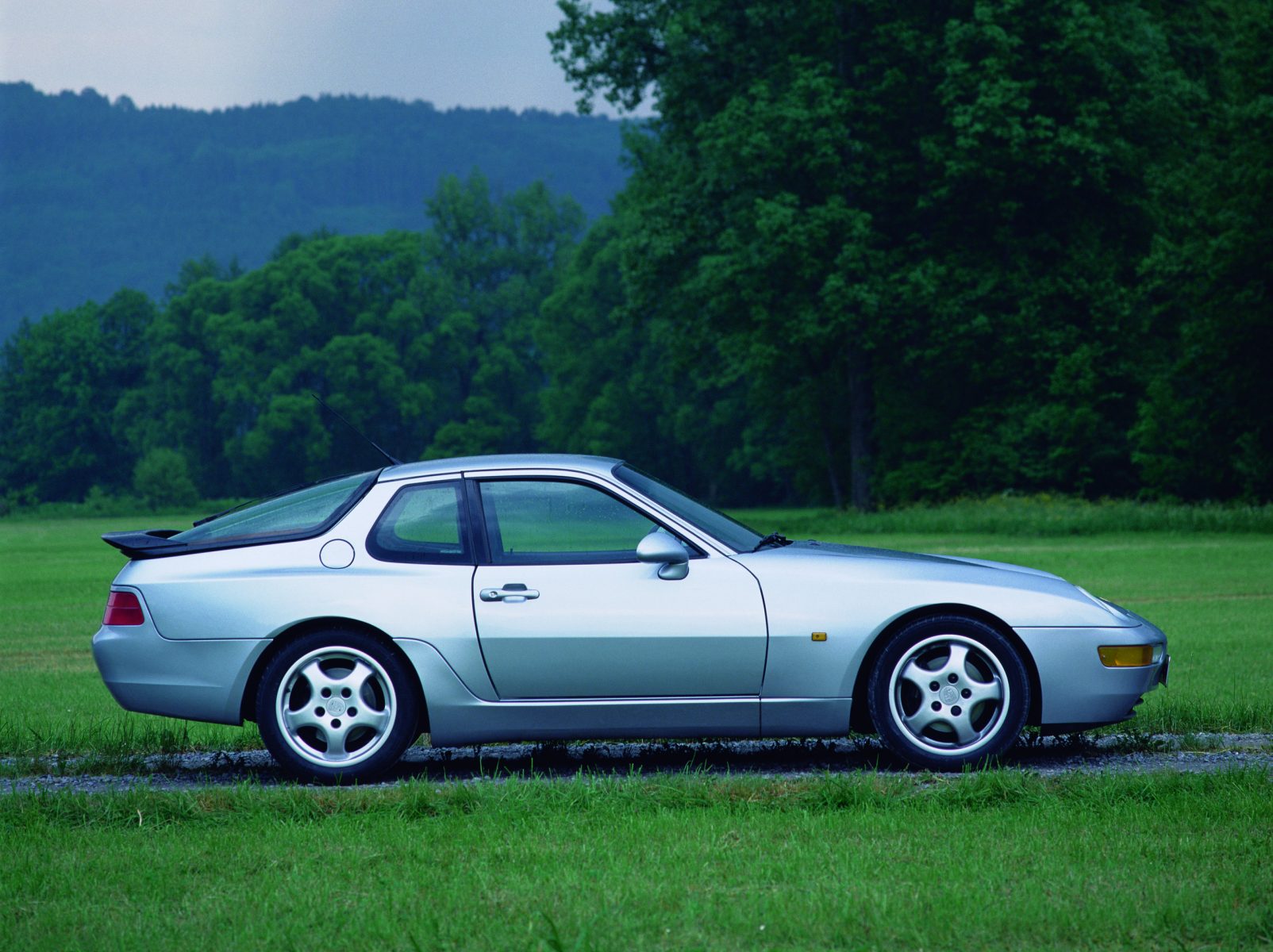 When it comes to Porsche’s front-engined offering of the late 70s, 80s and early 90s, it seems that time has done a lot to make the heart grow fonder.
When it comes to Porsche’s front-engined offering of the late 70s, 80s and early 90s, it seems that time has done a lot to make the heart grow fonder.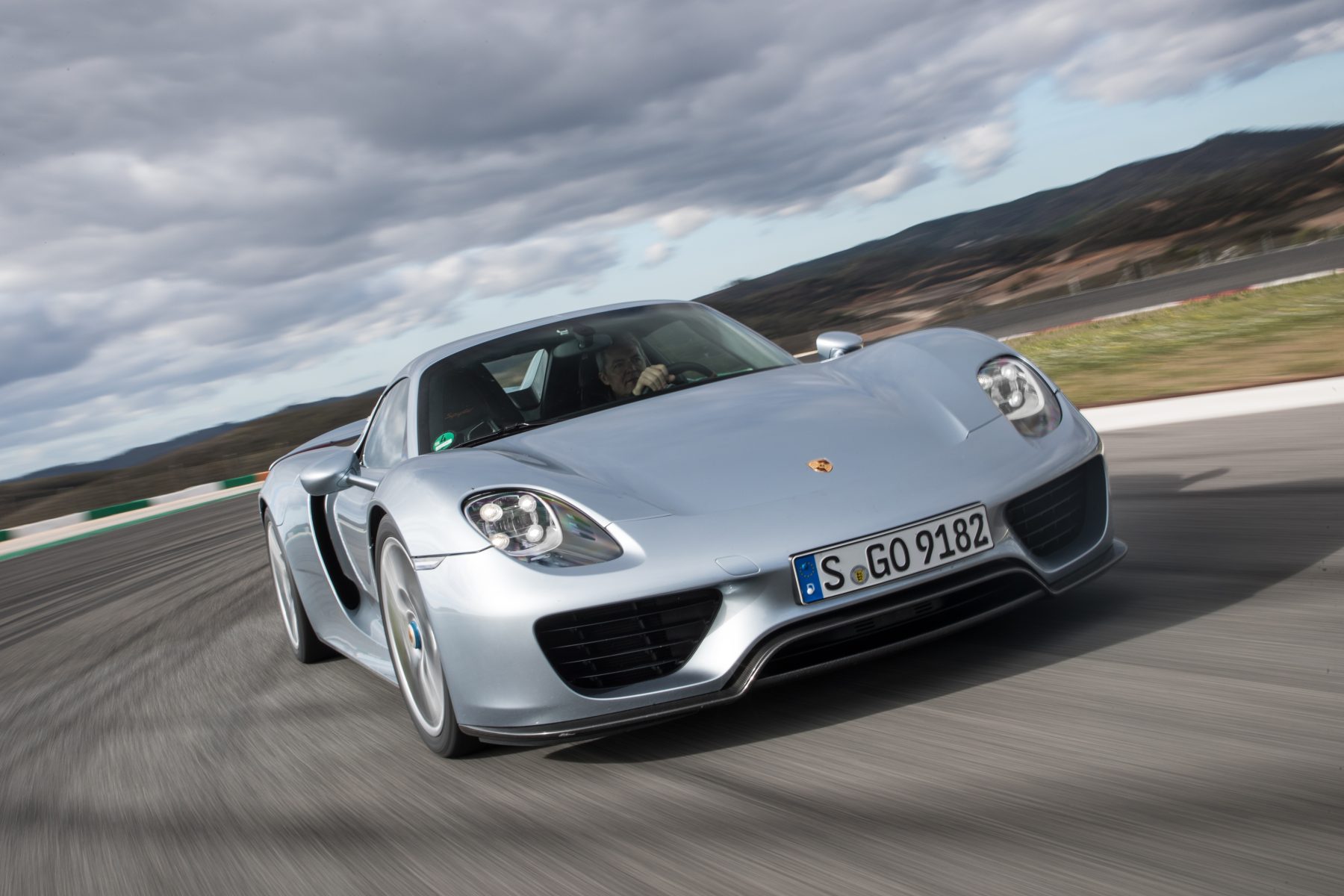 To say that the 918 Spyder had a lot to live up to is perhaps the mother of all understatements.
To say that the 918 Spyder had a lot to live up to is perhaps the mother of all understatements.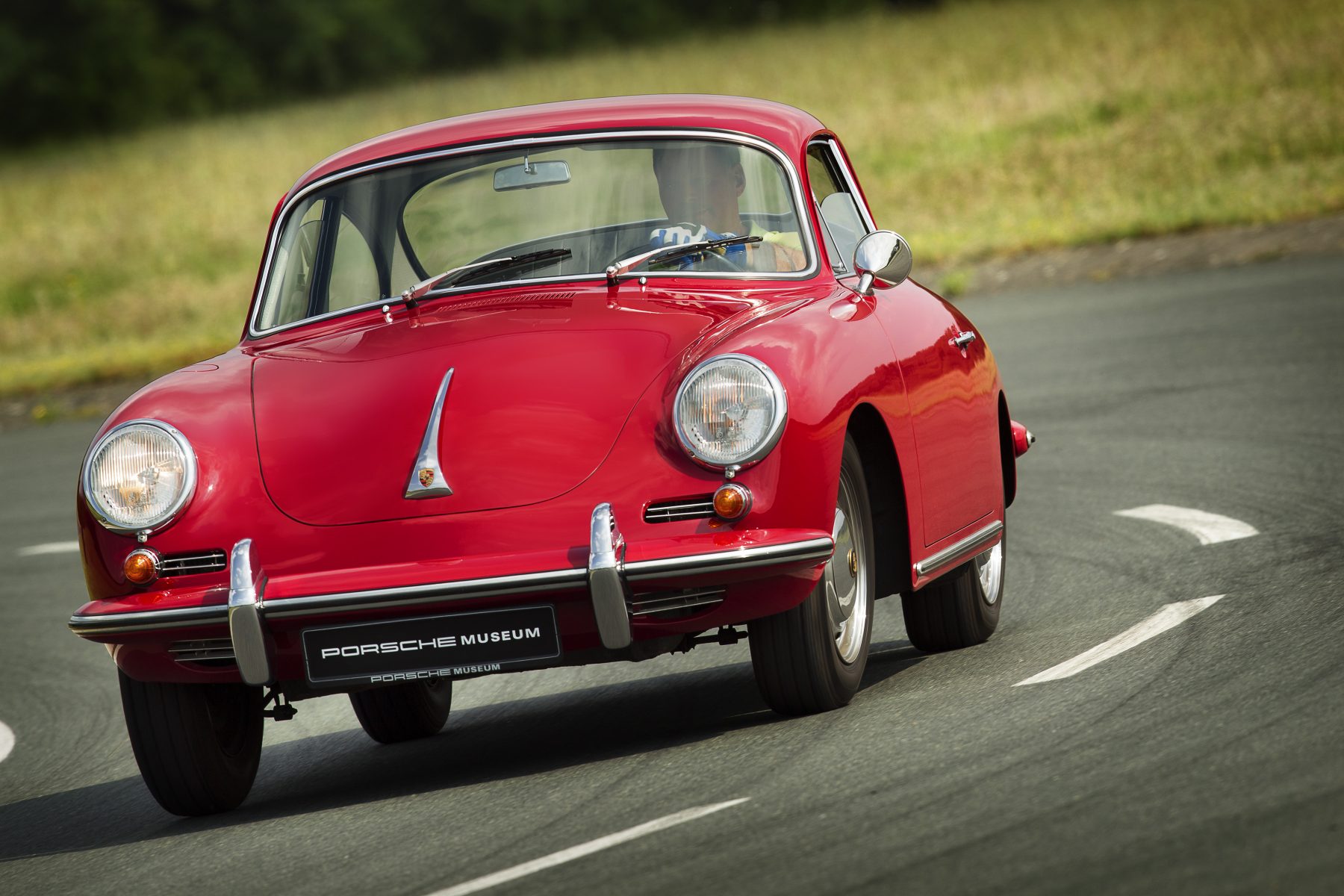 While it would be a bold move to argue in favour of this Porsche being the best, it is certainly the original.
While it would be a bold move to argue in favour of this Porsche being the best, it is certainly the original.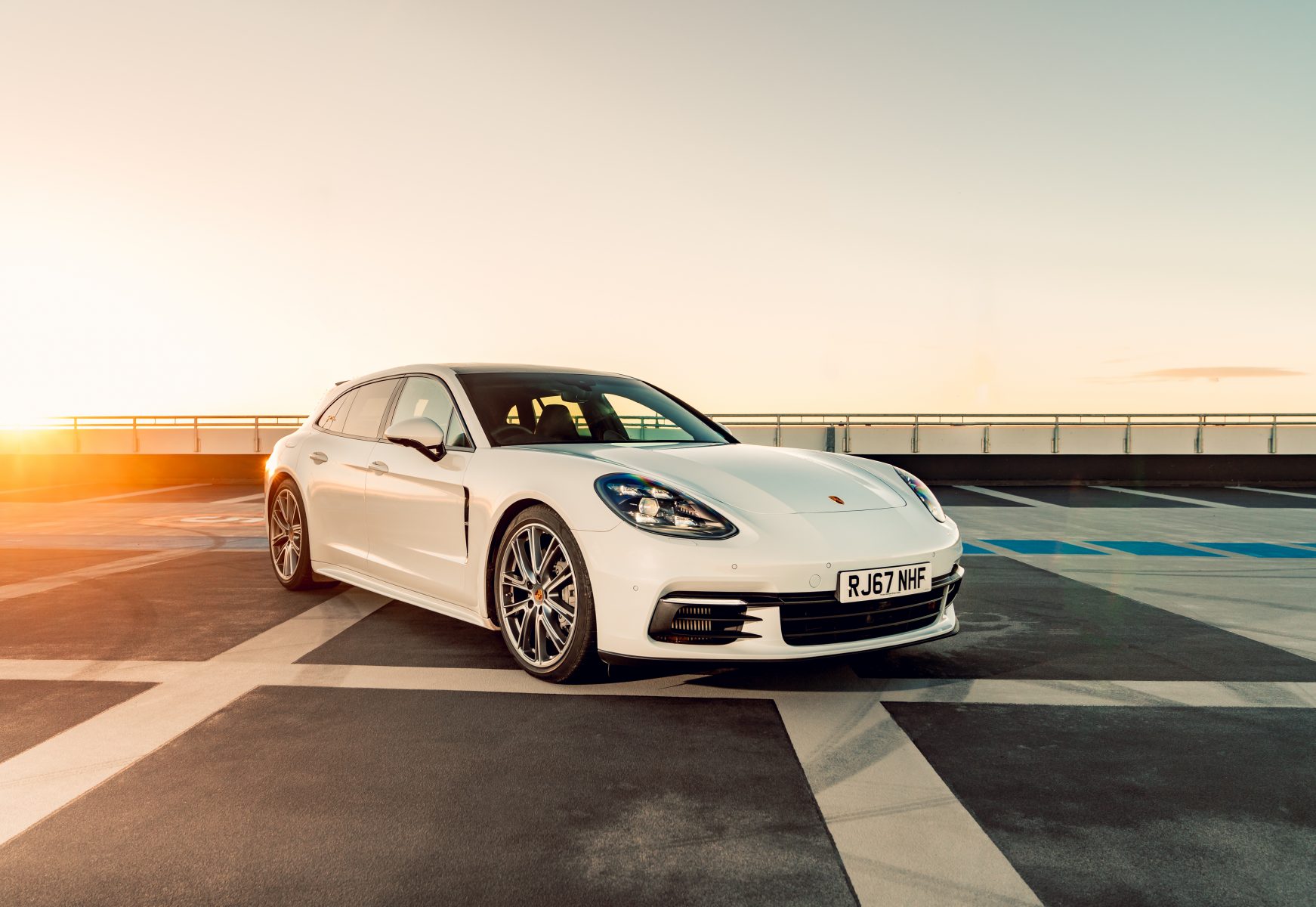 Porsche had been experimenting with the idea of a saloon-style car long before the arrival of this car, as can be seen courtesy of the 989 concept of the late-1980s.
Porsche had been experimenting with the idea of a saloon-style car long before the arrival of this car, as can be seen courtesy of the 989 concept of the late-1980s.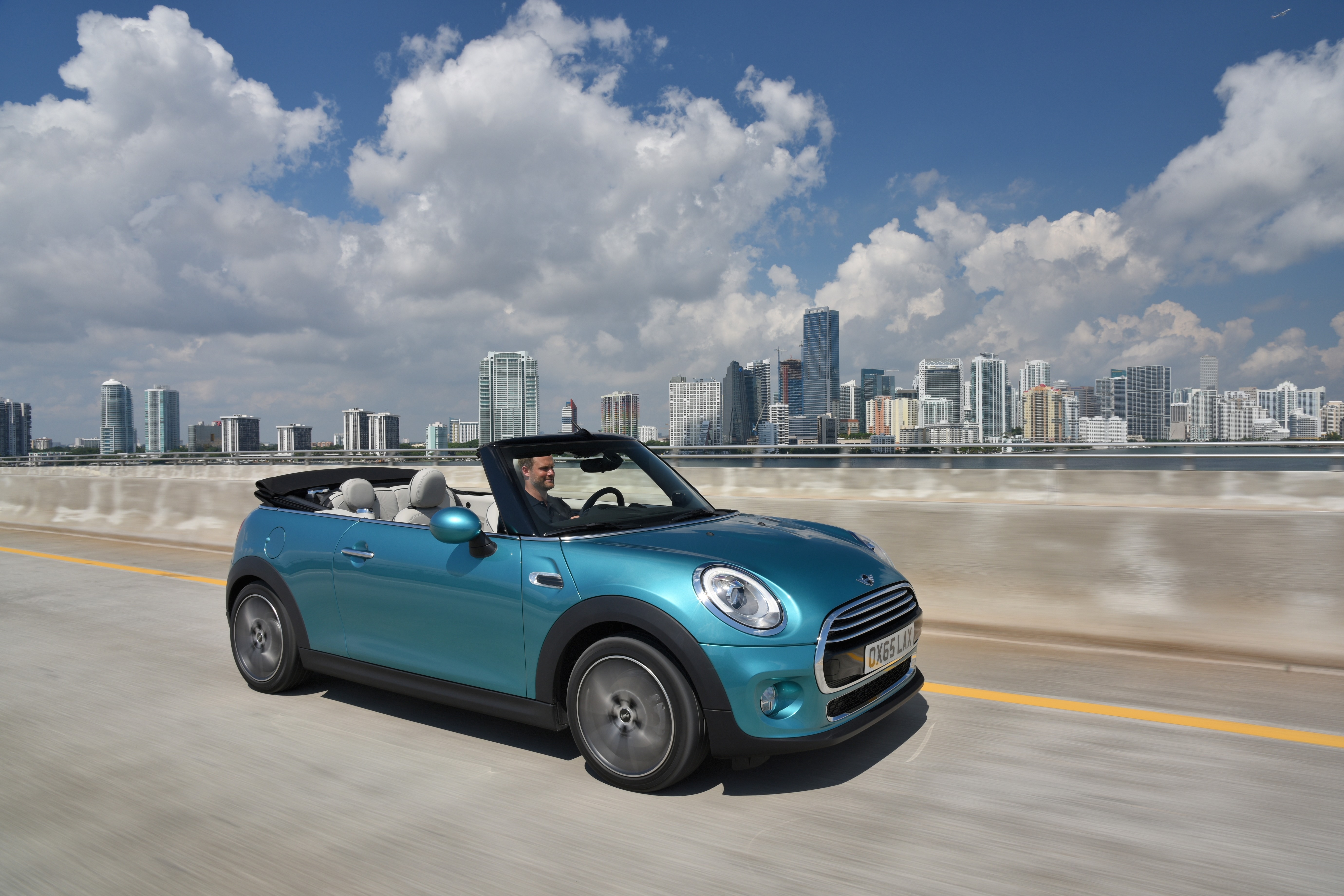
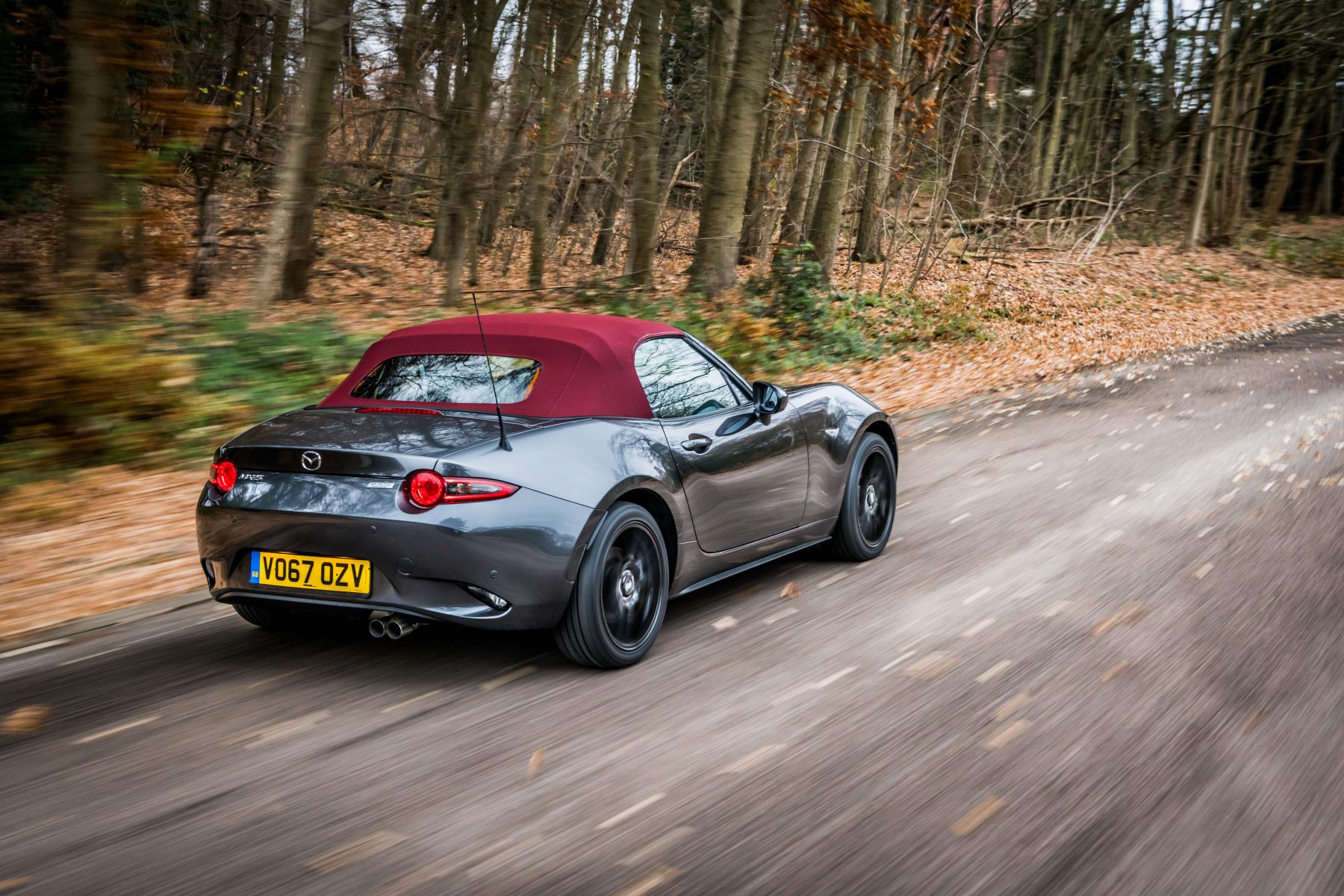 The MX-5 is a bit of an obvious choice when it comes to summer cars. It’s a drop-top, for starters, which means you can fully enjoy the summer sun when it finally arrives. It’s also involving to drive, as well as reliable and relatively cheap to run, too.
The MX-5 is a bit of an obvious choice when it comes to summer cars. It’s a drop-top, for starters, which means you can fully enjoy the summer sun when it finally arrives. It’s also involving to drive, as well as reliable and relatively cheap to run, too. 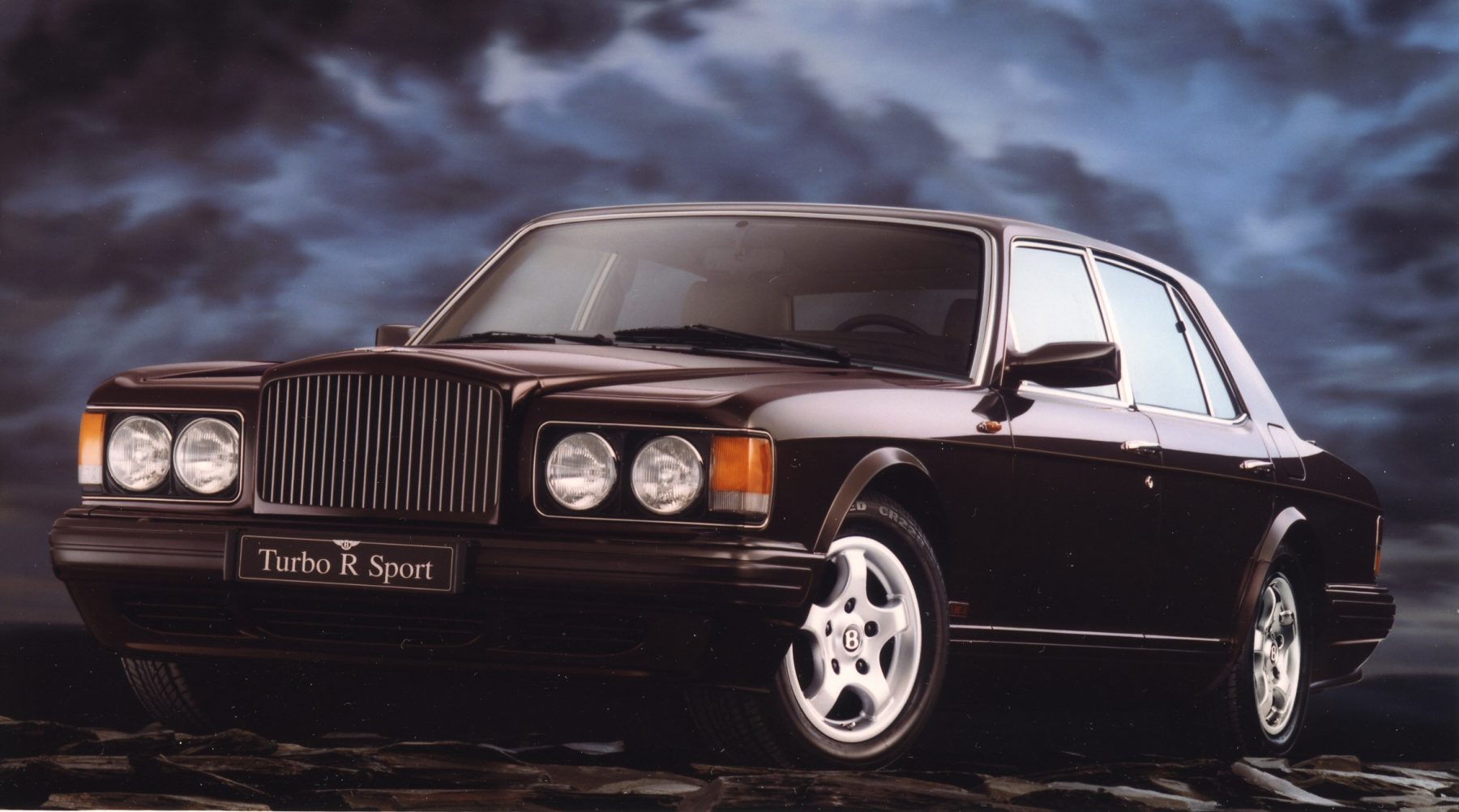 If you’re going to make the most of the summer, then why not do it in style? Enter the Bentley Turbo R. With a 6.7-litre V8 it’s immensely powerful, and will quickly waft you from point A to point B in effortless luxury.
If you’re going to make the most of the summer, then why not do it in style? Enter the Bentley Turbo R. With a 6.7-litre V8 it’s immensely powerful, and will quickly waft you from point A to point B in effortless luxury.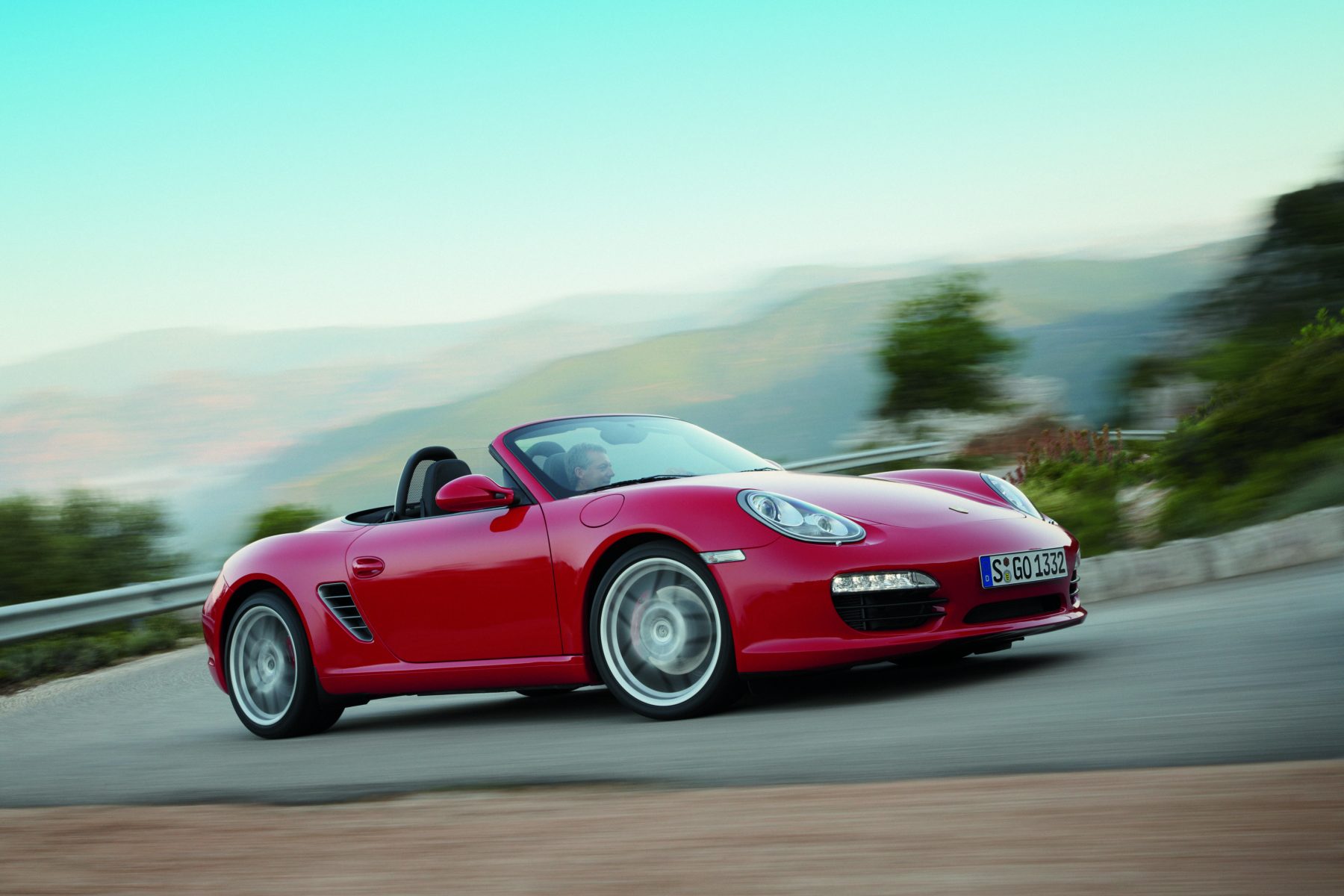 Debuting as the pint-sized Porsche for those who couldn’t quite afford a 911, the Boxster has carved out a fanbase and market all of its own over the course of a 20+ year career to date.
Debuting as the pint-sized Porsche for those who couldn’t quite afford a 911, the Boxster has carved out a fanbase and market all of its own over the course of a 20+ year career to date. 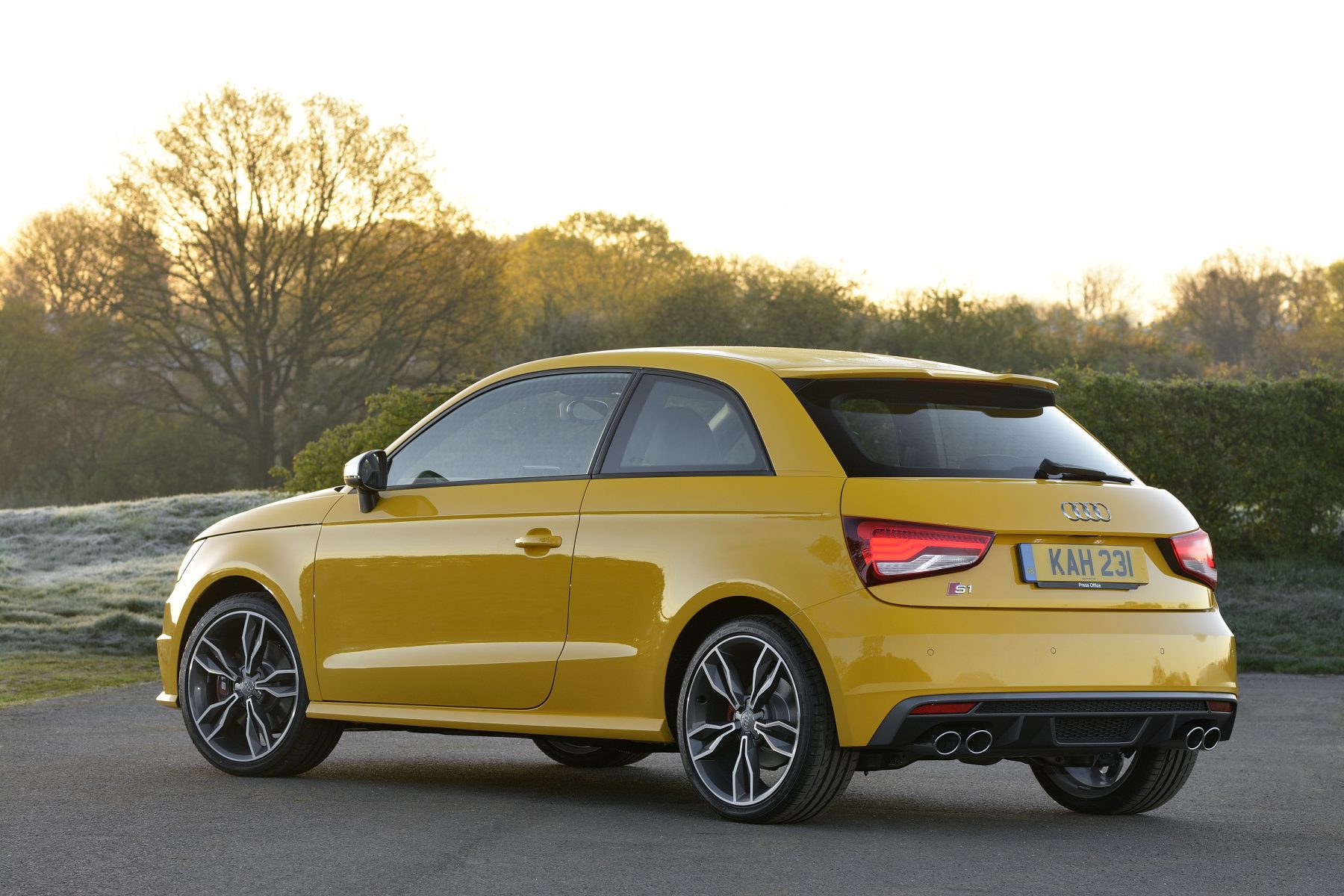 Audi’s pocket-sized A1 may have been the last car people expected the German firm to give its ‘S’ treatment to, but it did – resulting in the S1. With a 2.0-litre engine under the bonnet giving 227bhp to play with, its performance far exceed what its cutesy looks would lead you to believe.
Audi’s pocket-sized A1 may have been the last car people expected the German firm to give its ‘S’ treatment to, but it did – resulting in the S1. With a 2.0-litre engine under the bonnet giving 227bhp to play with, its performance far exceed what its cutesy looks would lead you to believe. 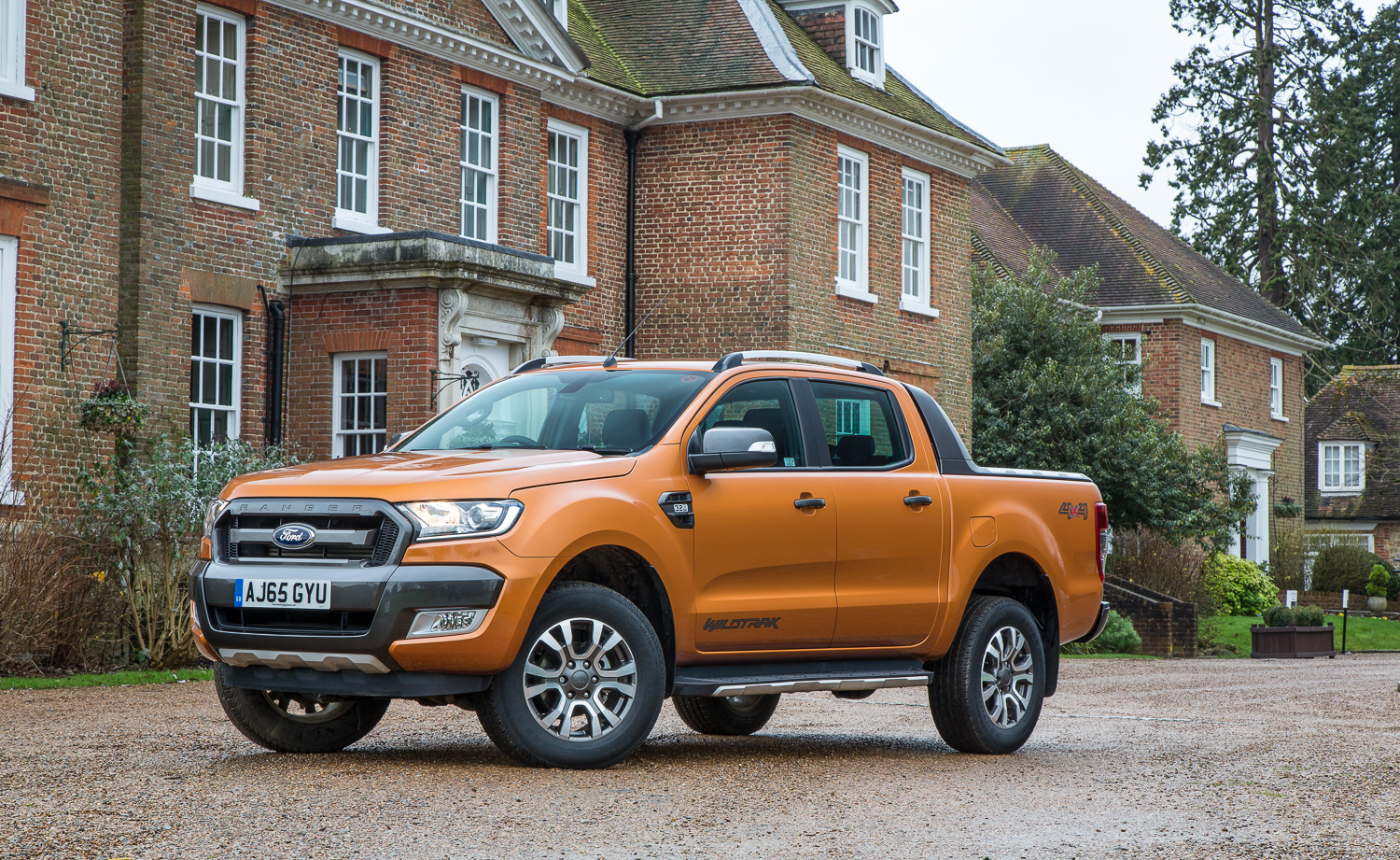 A pick-up is always an enjoyable mode of summertime transport, and the Ford Ranger Wildtrak is a great option. It’s big, brash and in-your-face, but that’s what you’d expect from a big pick-up truck.
A pick-up is always an enjoyable mode of summertime transport, and the Ford Ranger Wildtrak is a great option. It’s big, brash and in-your-face, but that’s what you’d expect from a big pick-up truck.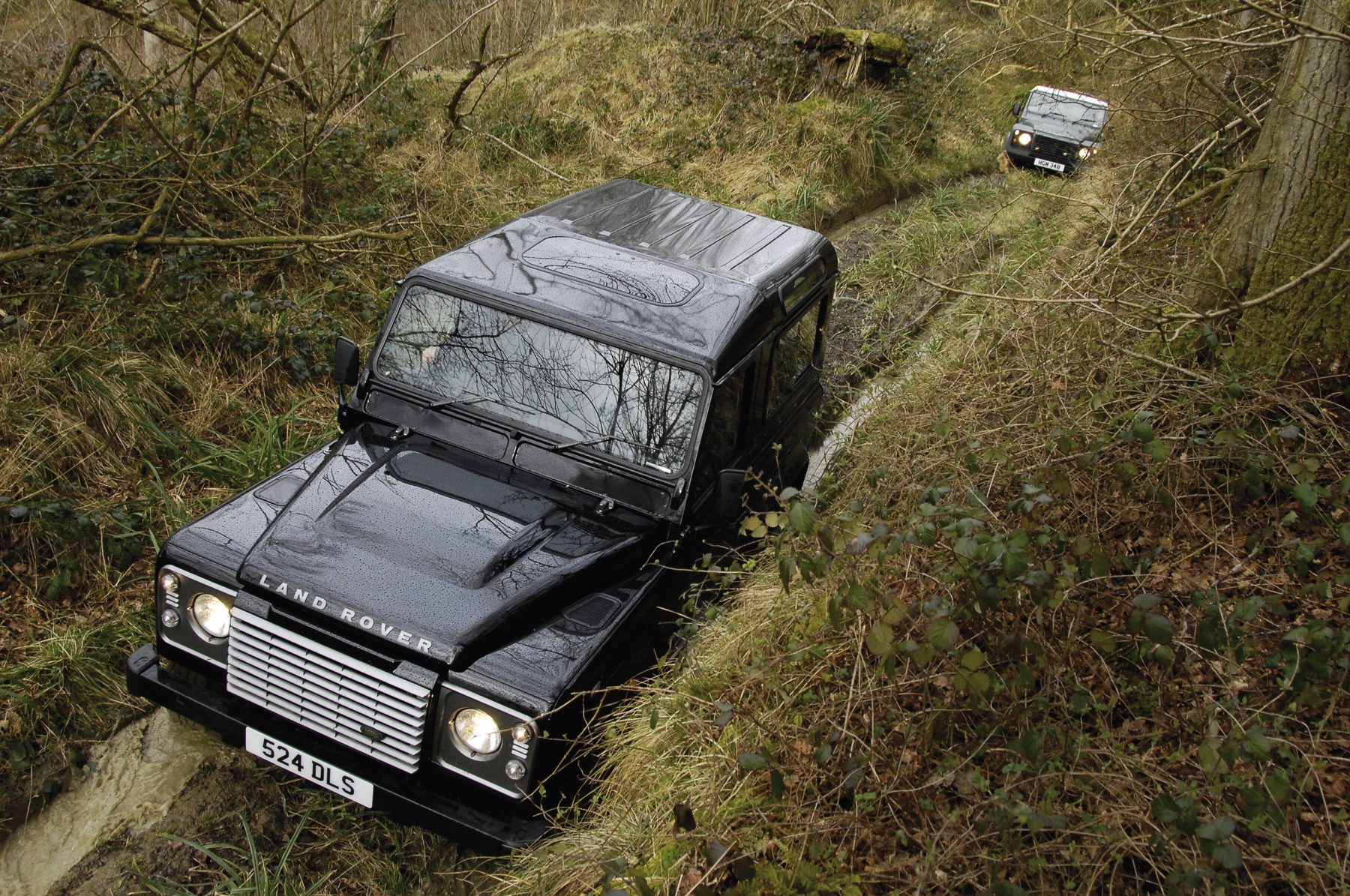 In truth, the Defender is perhaps the car for all weather, but it certainly suits the sun. At under £15,000 you can find quite a few factory-spec vehicles, many of which are currently geared more for commercial use, as well as many examples that have been tastefully modified by previous owners.
In truth, the Defender is perhaps the car for all weather, but it certainly suits the sun. At under £15,000 you can find quite a few factory-spec vehicles, many of which are currently geared more for commercial use, as well as many examples that have been tastefully modified by previous owners.  As many may already know, the VXR8 is a Vauxhall in name only. The reality is this car is a production of General Motors’ Australian subsidy Holden, more specifically, its Holden Special Vehicles (HSV) performance division. This lump of Aussie muscle borrows the 6.2-litre V8 from a Chevrolet Corvette, with 430bhp on tap.
As many may already know, the VXR8 is a Vauxhall in name only. The reality is this car is a production of General Motors’ Australian subsidy Holden, more specifically, its Holden Special Vehicles (HSV) performance division. This lump of Aussie muscle borrows the 6.2-litre V8 from a Chevrolet Corvette, with 430bhp on tap.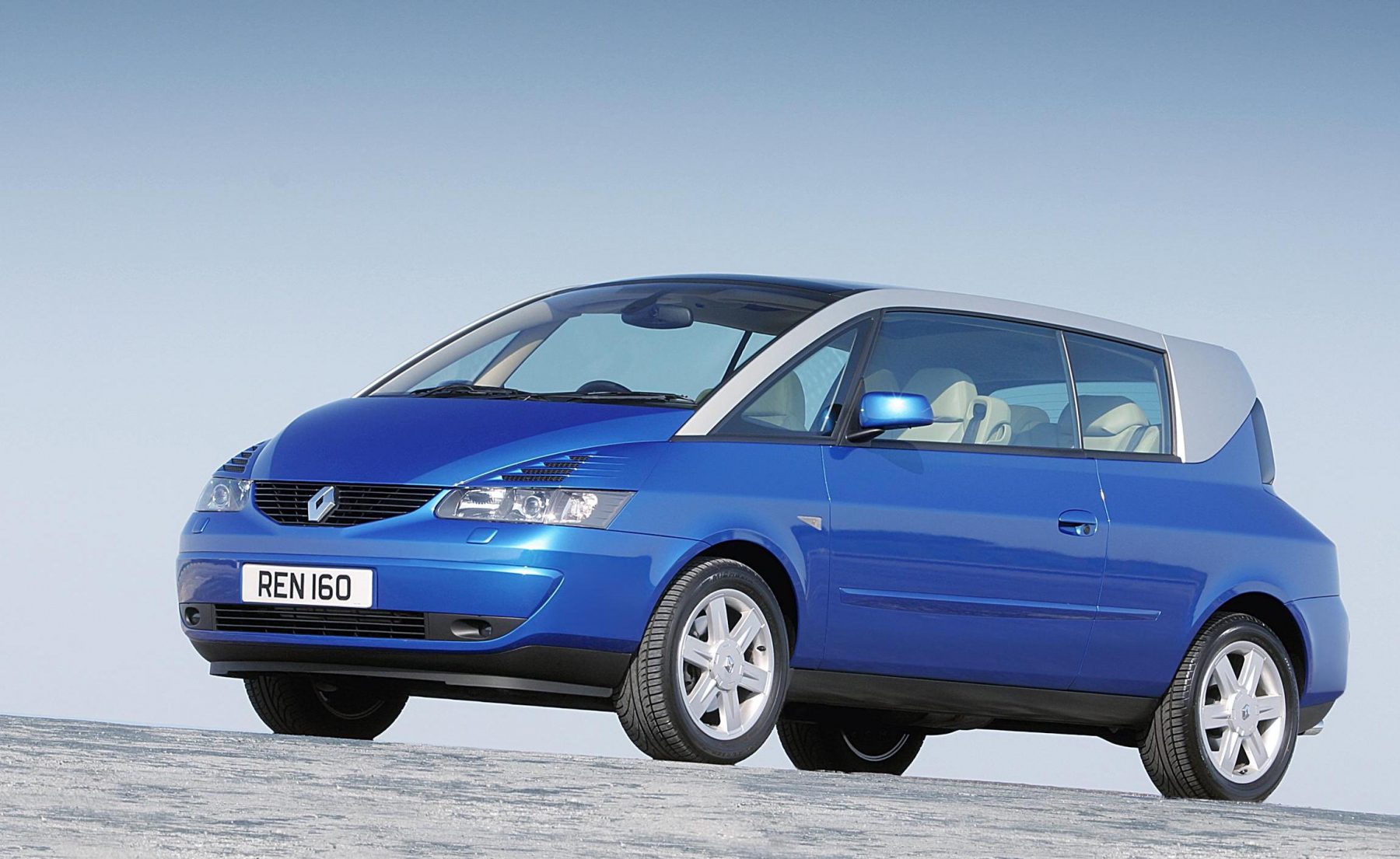 Is an MPV really a summer car? In this instance, absolutely.
Is an MPV really a summer car? In this instance, absolutely.  What would such a list be without a V8, drop-top sports car?
What would such a list be without a V8, drop-top sports car?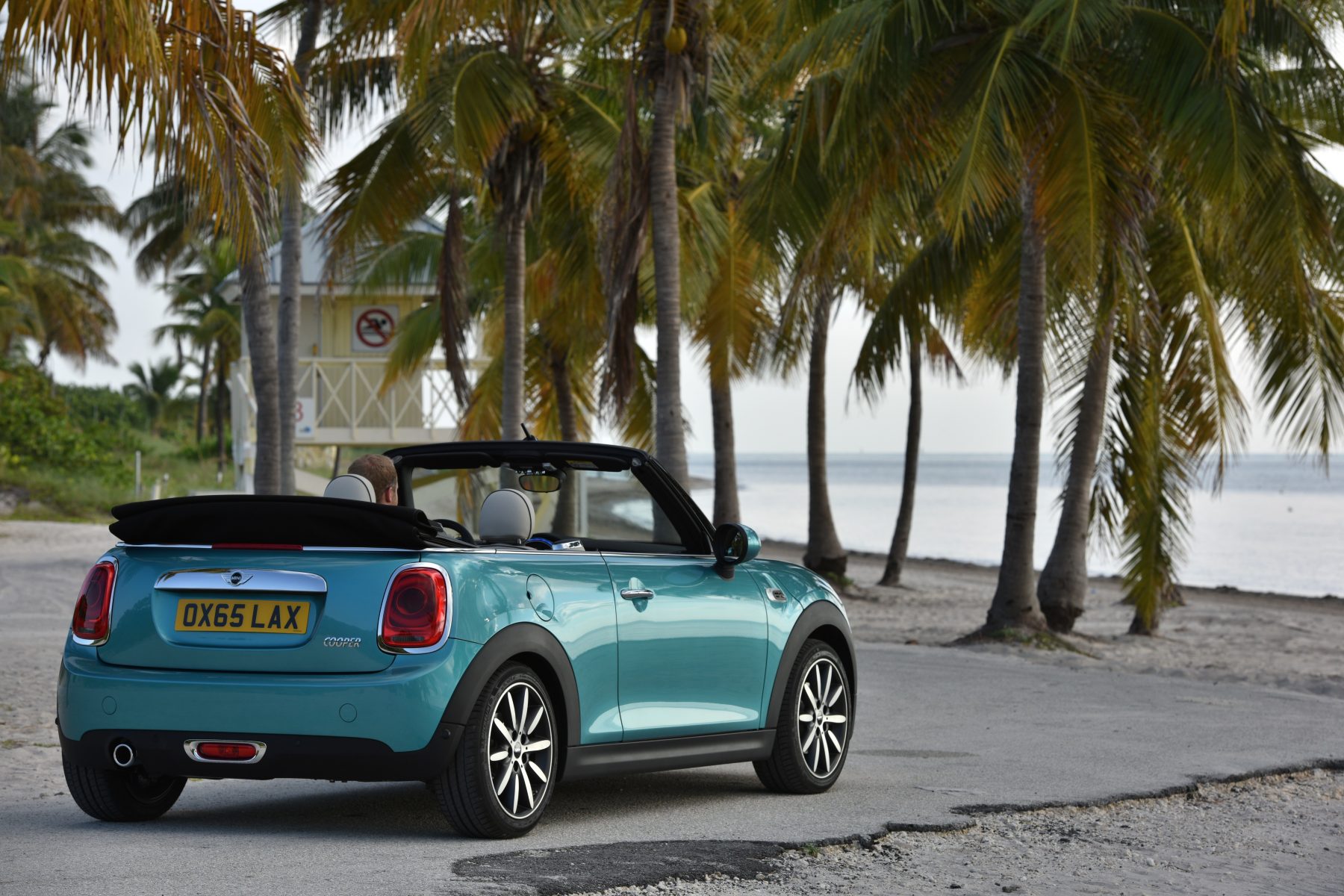 If you want something chic that suits the city, look no further than the Mini.
If you want something chic that suits the city, look no further than the Mini. 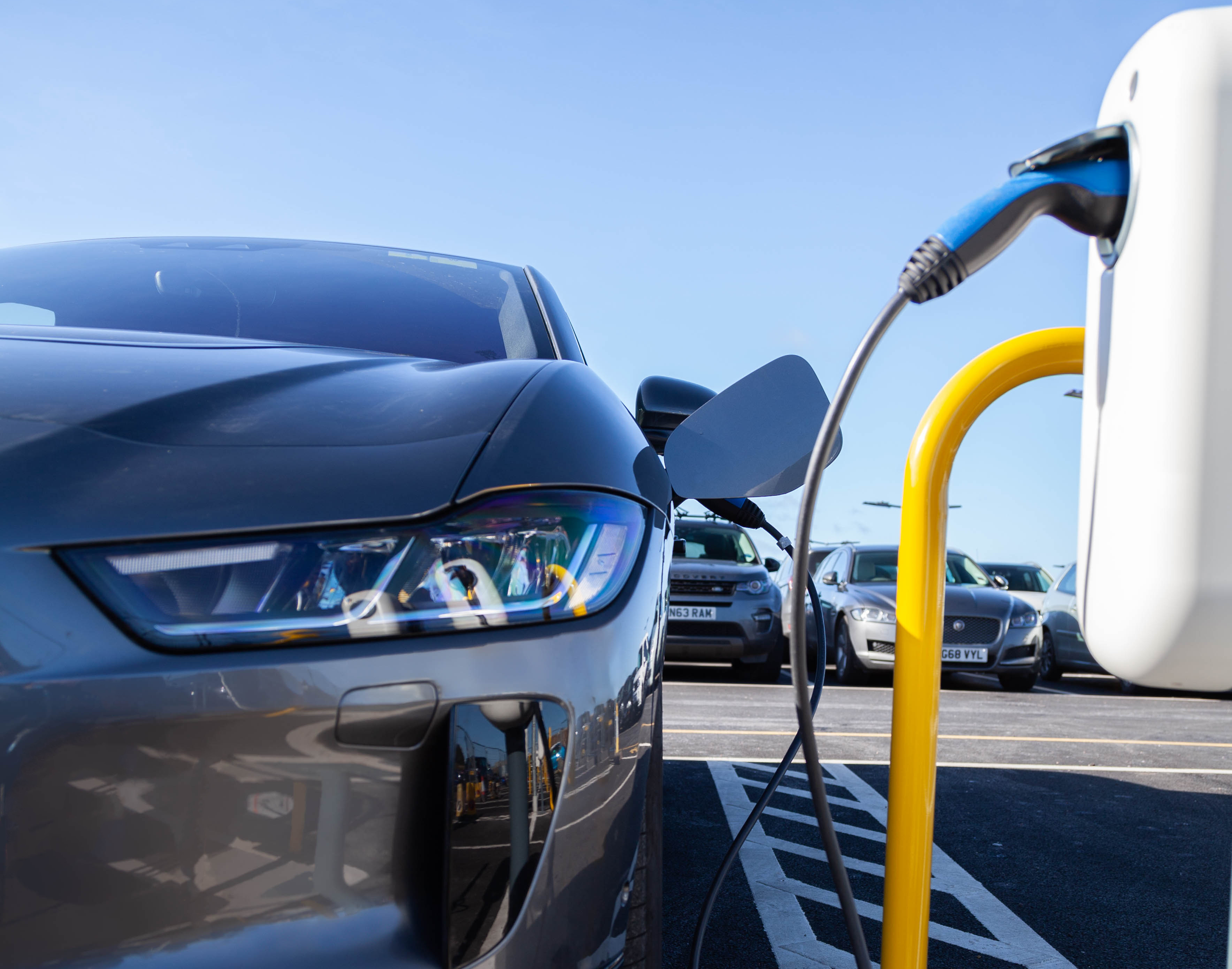
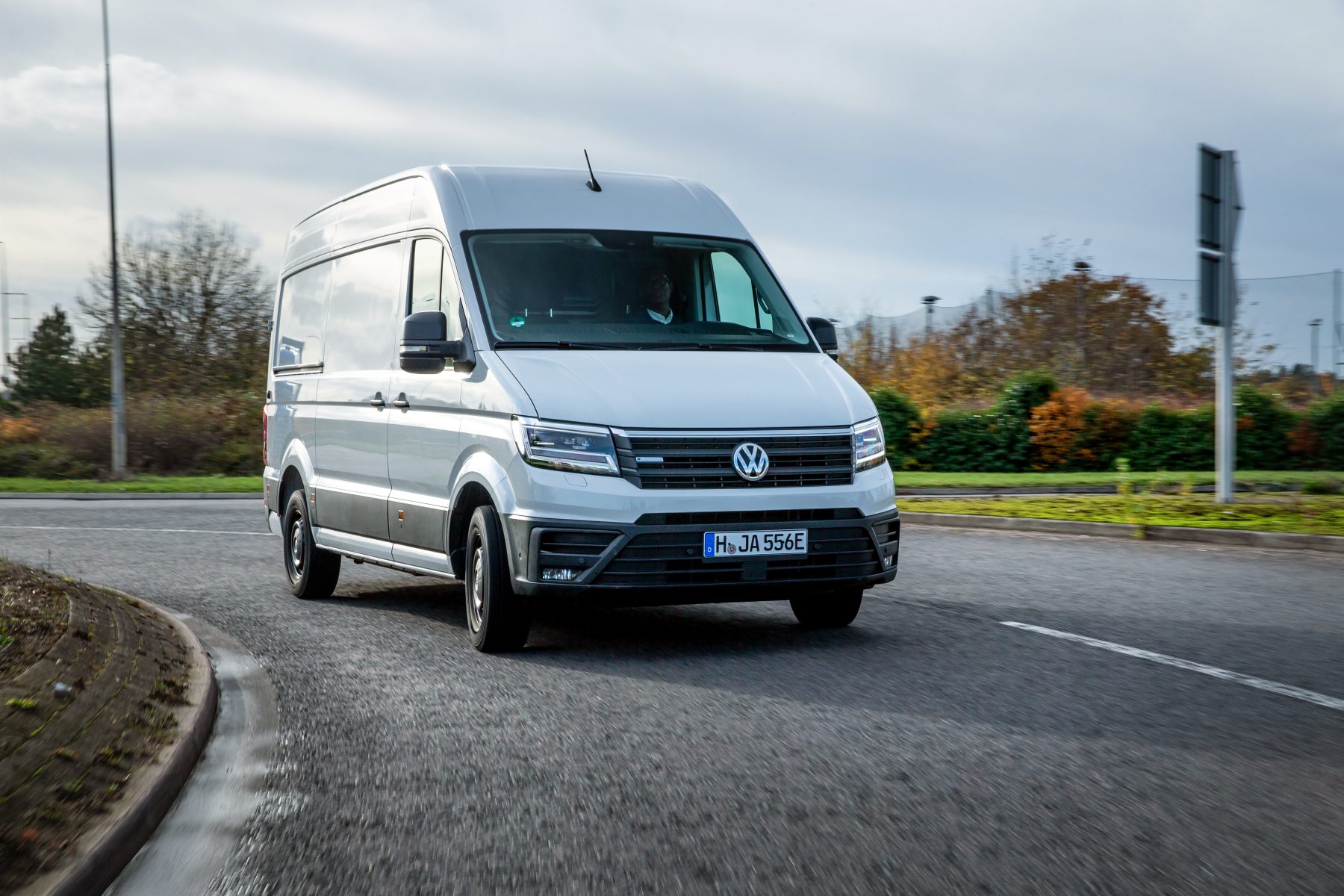 The plug-in grant doesn’t just apply to cars, it’s also applicable for vans, motorcycles, mopeds and taxis, so long as their official emissions figures fall under the amount specified in the legislation.
The plug-in grant doesn’t just apply to cars, it’s also applicable for vans, motorcycles, mopeds and taxis, so long as their official emissions figures fall under the amount specified in the legislation. The criteria required for a vehicle to be eligible for the grant is different depending on the type of vehicle. For cars and taxis, they must emit less than 50g/km of CO2 and travel at least 70 miles without any emissions at all.
The criteria required for a vehicle to be eligible for the grant is different depending on the type of vehicle. For cars and taxis, they must emit less than 50g/km of CO2 and travel at least 70 miles without any emissions at all.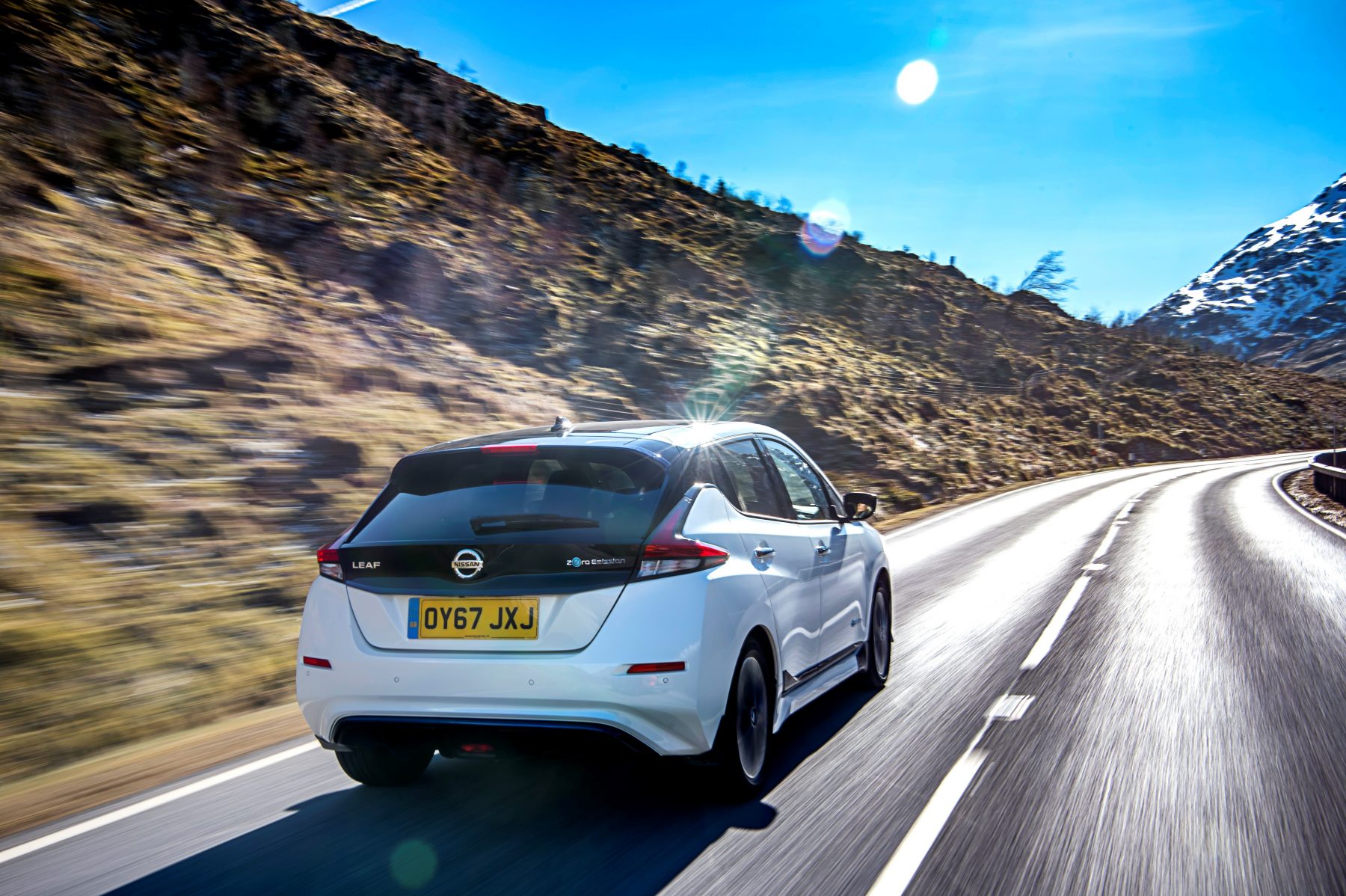 There are currently 24 cars, 13 motorcycles, 16 mopeds, 11 vans and one taxi eligible for the grant. The full list is available on the government’s website.
There are currently 24 cars, 13 motorcycles, 16 mopeds, 11 vans and one taxi eligible for the grant. The full list is available on the government’s website.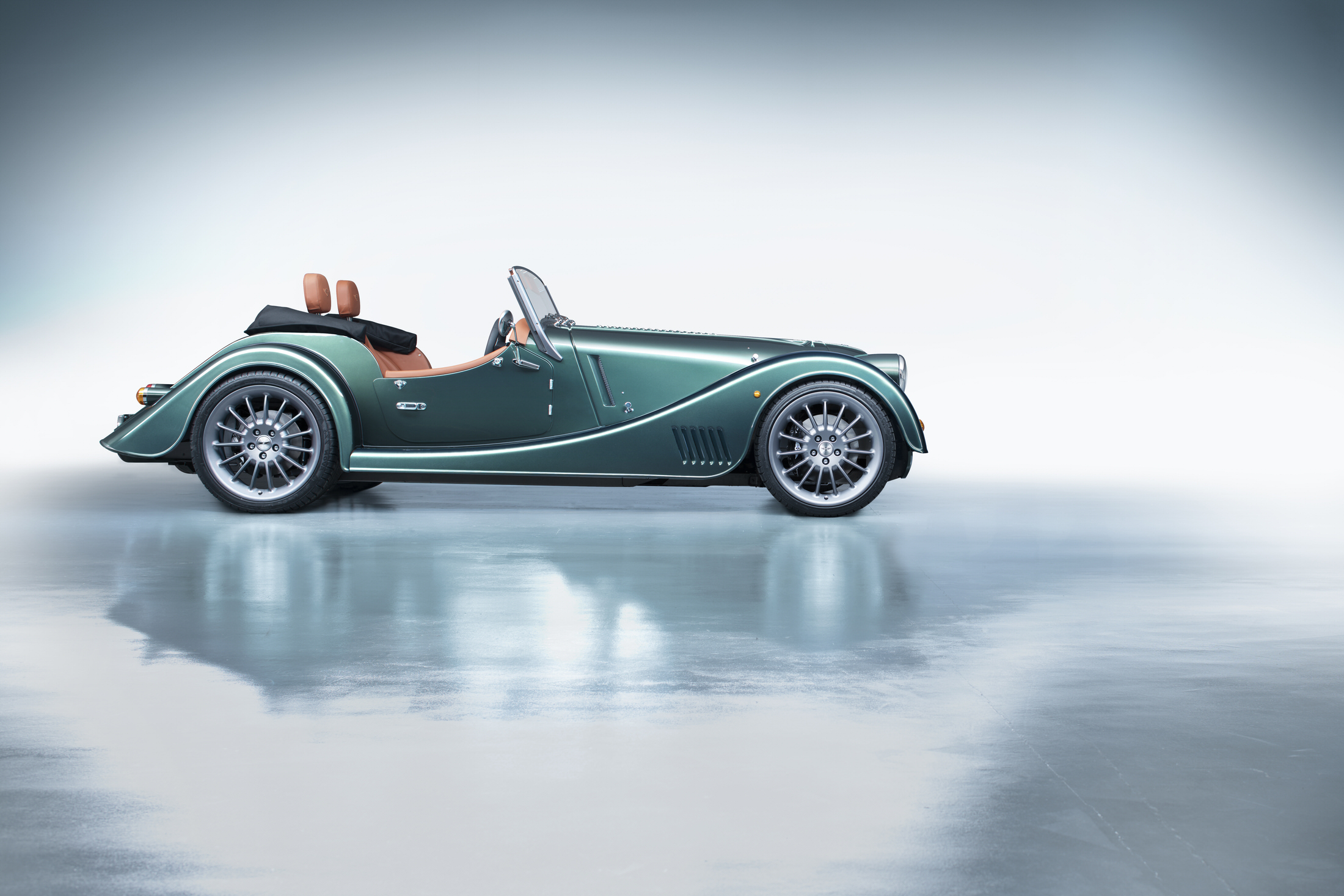
 The automatic gearbox has become the go-to installation for practically every high-end car on the market, and even though many cars will have Formula One-style flappy paddles to their name, plenty of car enthusiasts lament the loss of the manual gearbox.
The automatic gearbox has become the go-to installation for practically every high-end car on the market, and even though many cars will have Formula One-style flappy paddles to their name, plenty of car enthusiasts lament the loss of the manual gearbox.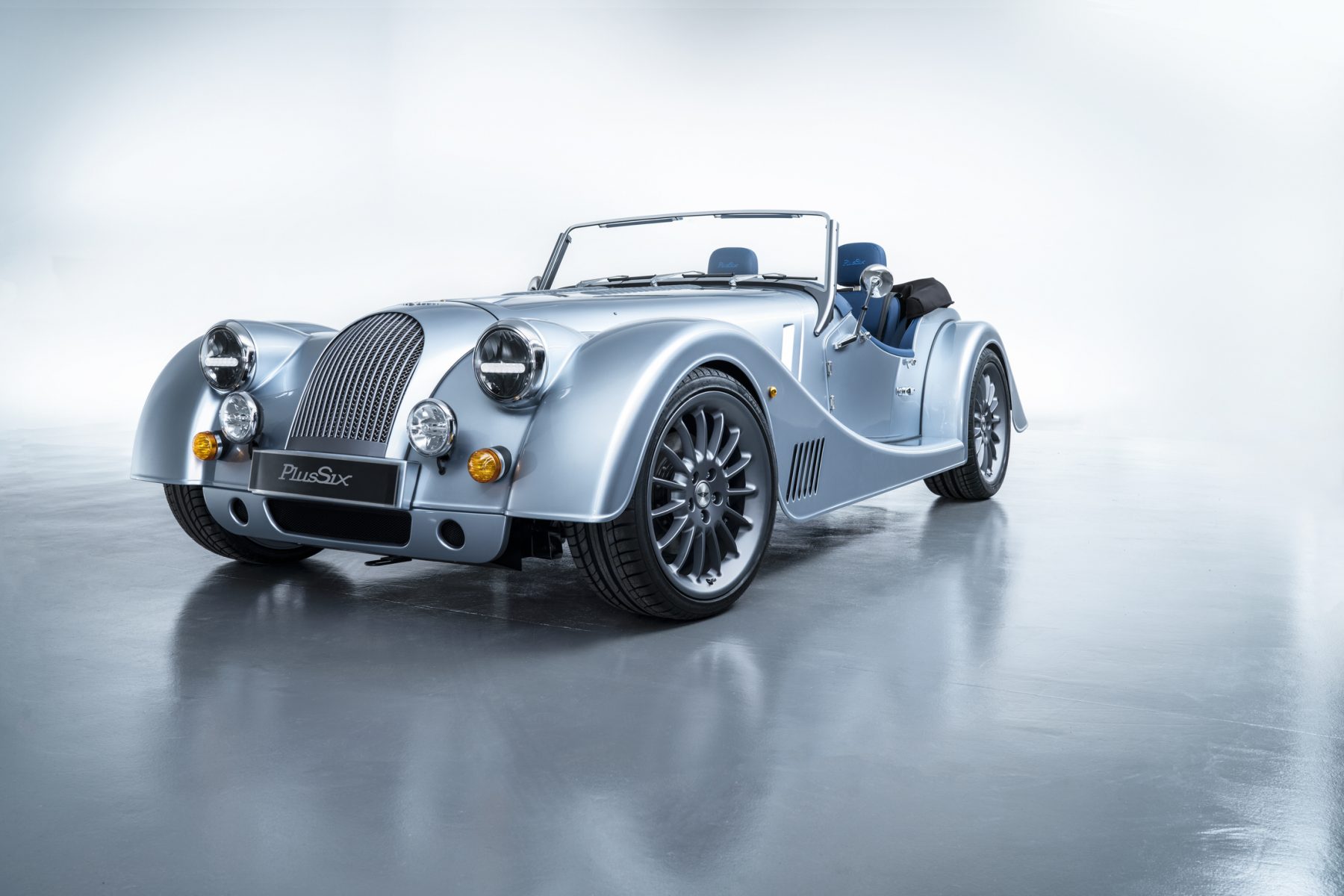 Almost as quickly as Aston Martin endeared itself to the old guard, Morgan made them revolt.
Almost as quickly as Aston Martin endeared itself to the old guard, Morgan made them revolt.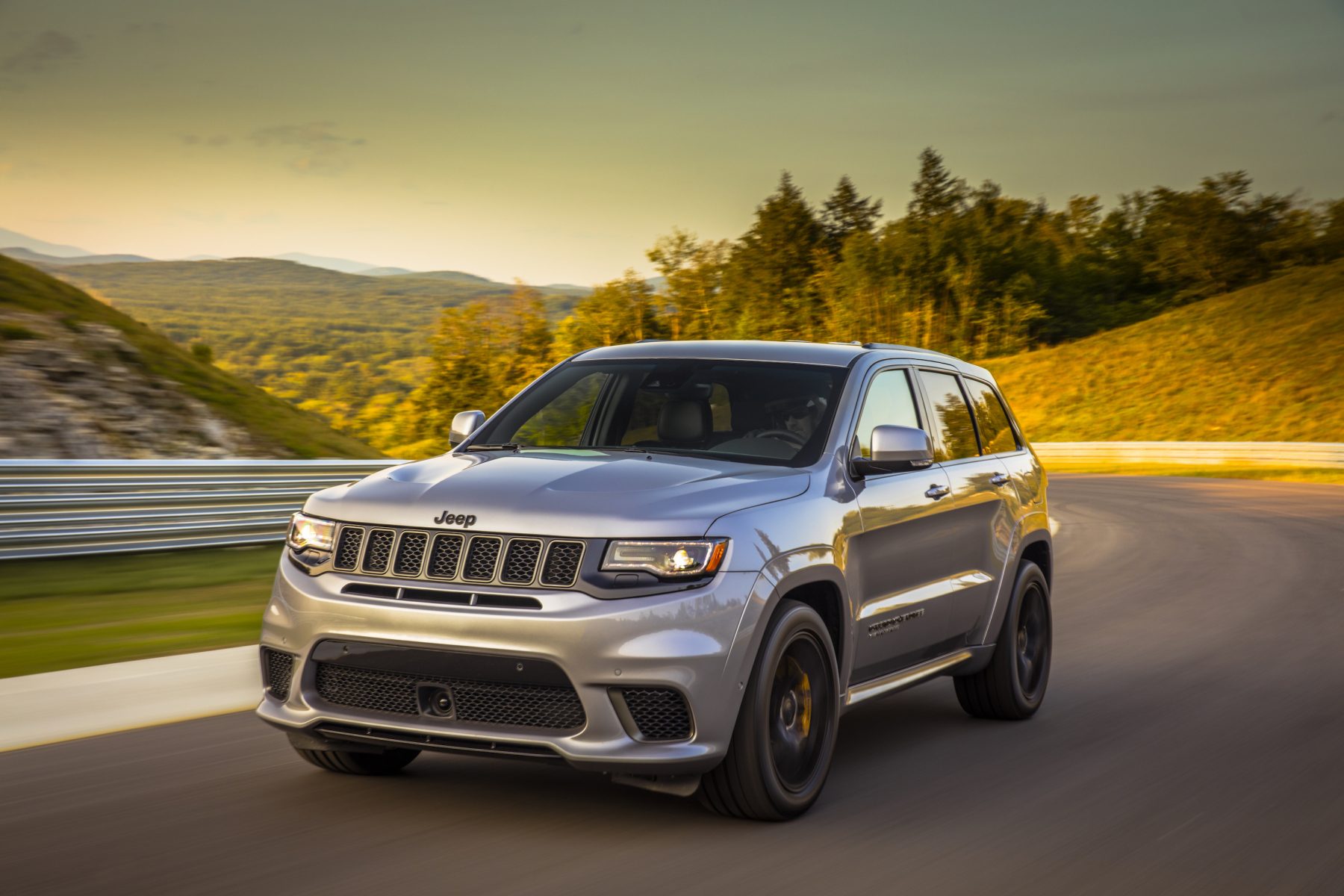 Typically, the ‘sporty’ version of an SUV is nothing more than a bodykit, but in recent times, the market for truly unhinged high-riders has soared.
Typically, the ‘sporty’ version of an SUV is nothing more than a bodykit, but in recent times, the market for truly unhinged high-riders has soared.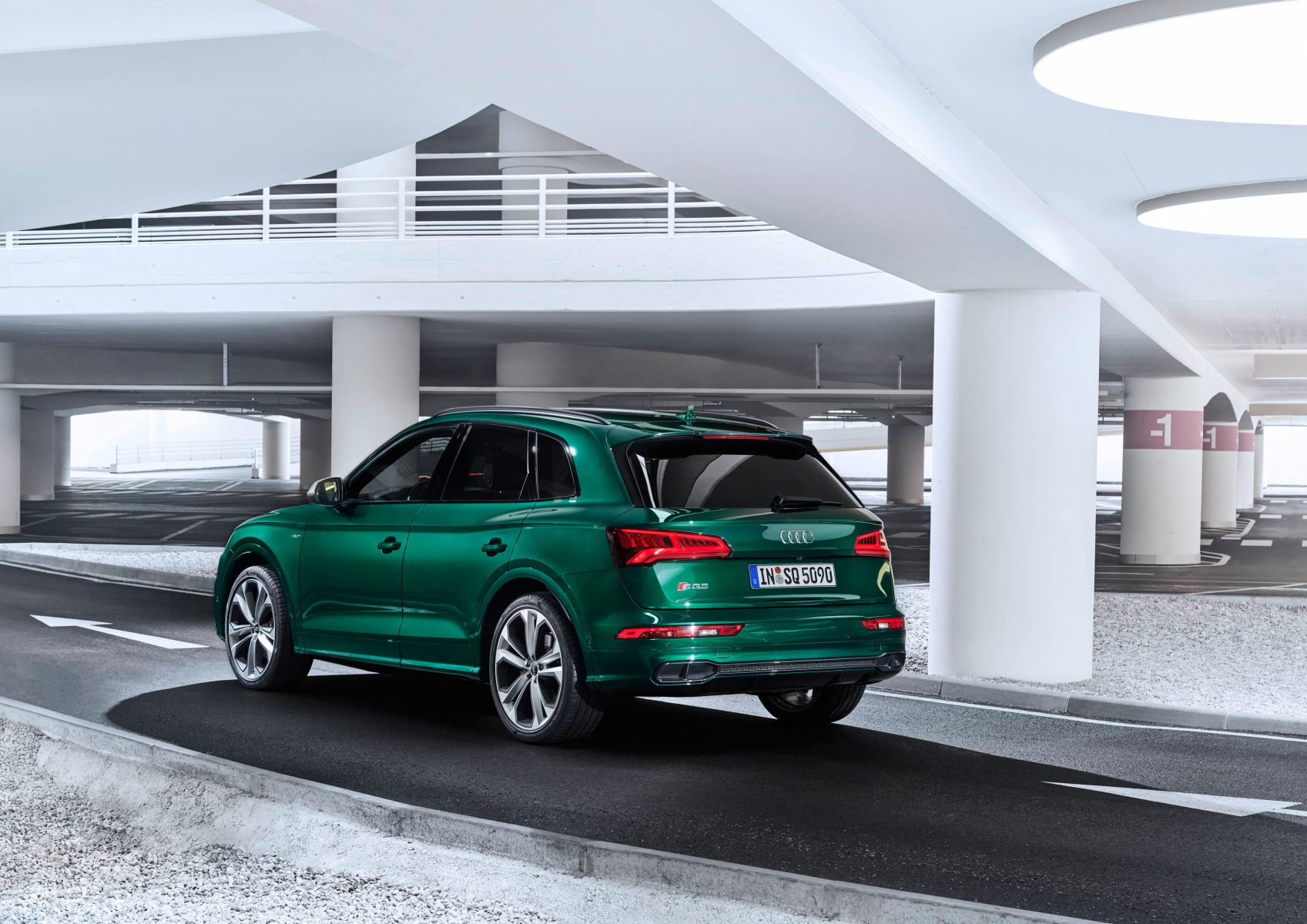 After a brief spell as a petrol-powered car, the performance-centric Audi SQ5 has returned to a diesel motor, sailing against the tide of the industry at large.
After a brief spell as a petrol-powered car, the performance-centric Audi SQ5 has returned to a diesel motor, sailing against the tide of the industry at large.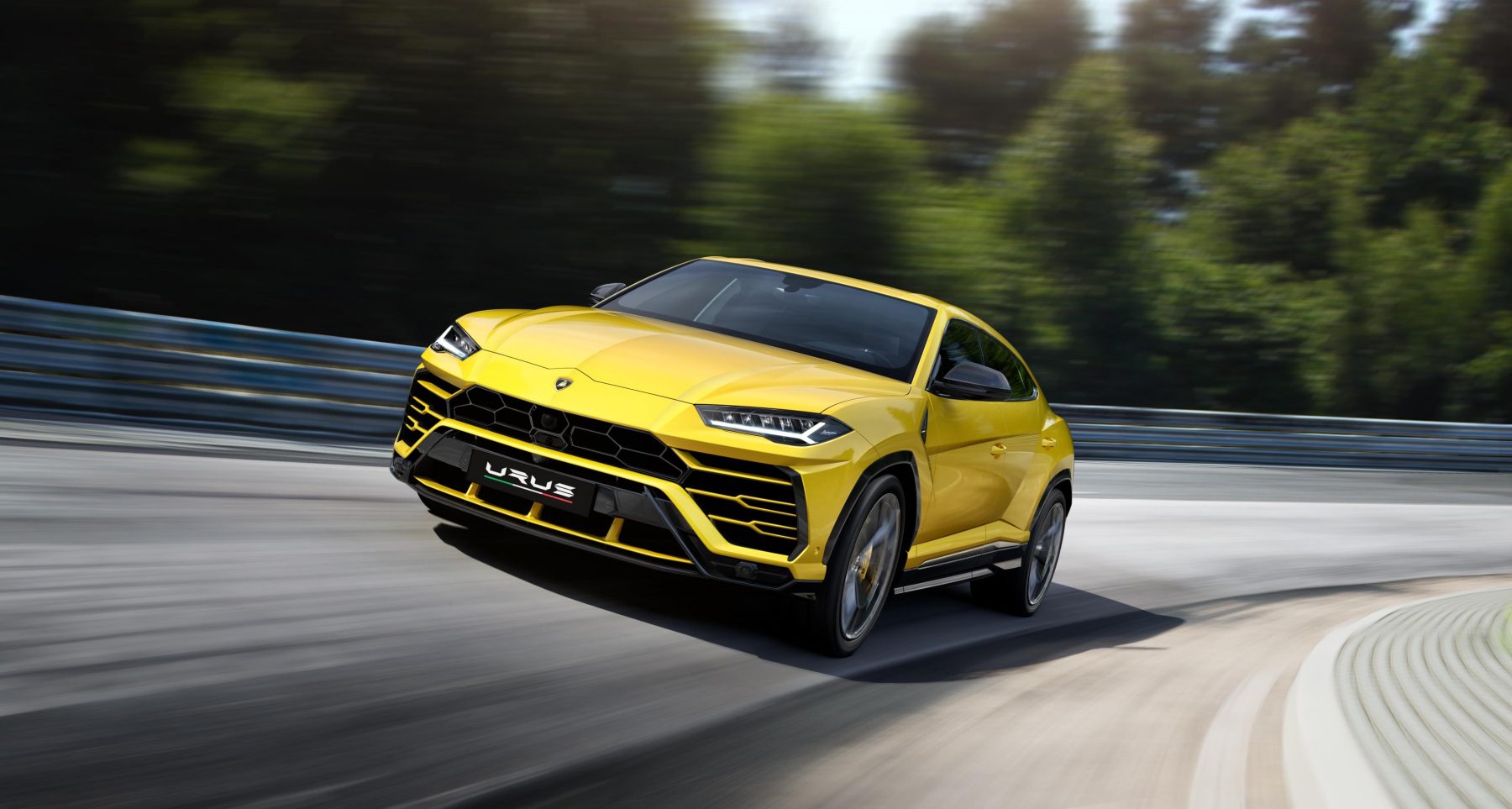 Yes, Lamborghini has made an off-roader before; the rough and ready, military-purposed LM002. And, given that the firm first built tractors, and still does so today, you could say that a certain level of precedent exists for a high-riding Lambo.
Yes, Lamborghini has made an off-roader before; the rough and ready, military-purposed LM002. And, given that the firm first built tractors, and still does so today, you could say that a certain level of precedent exists for a high-riding Lambo.